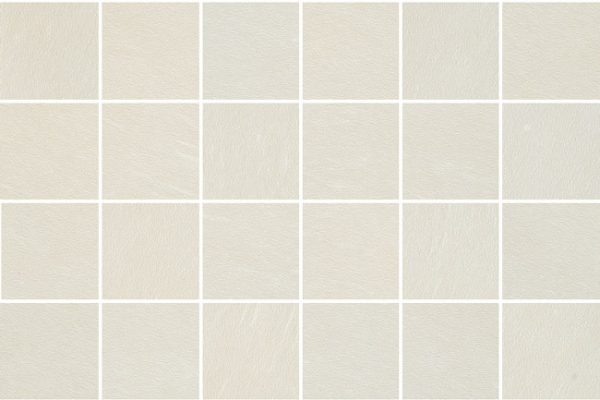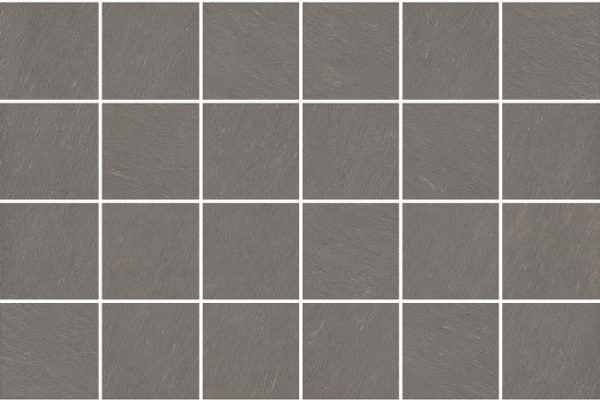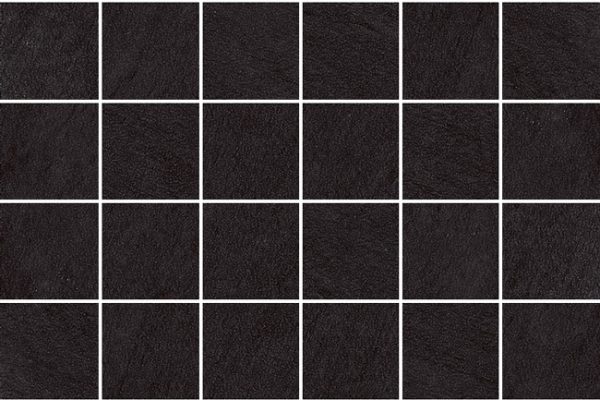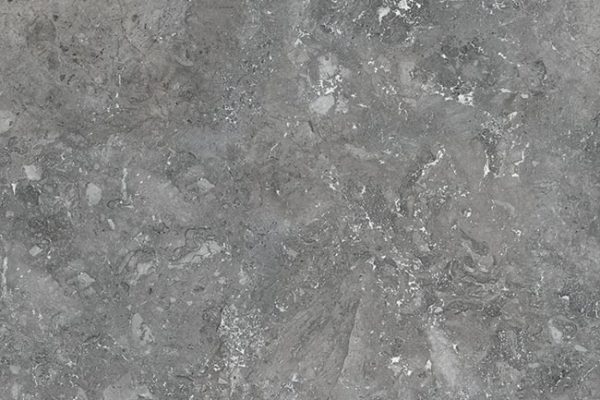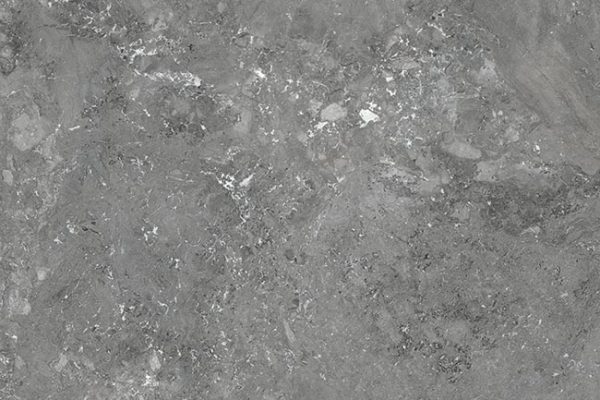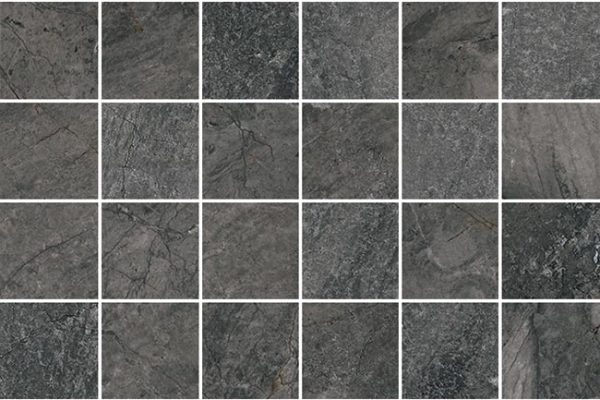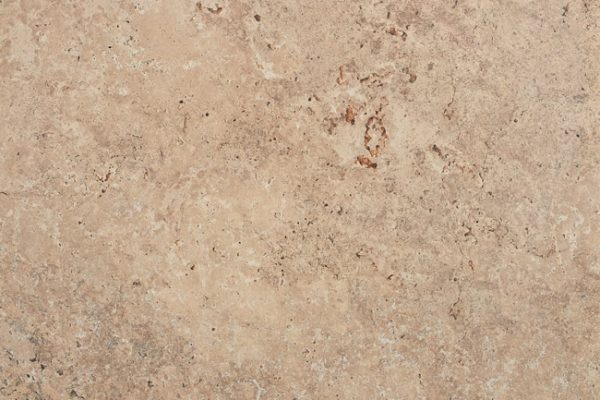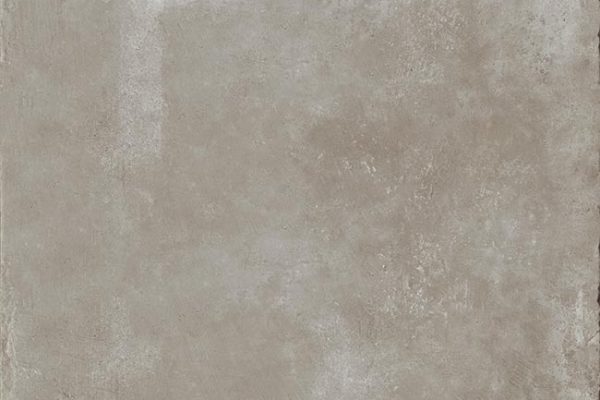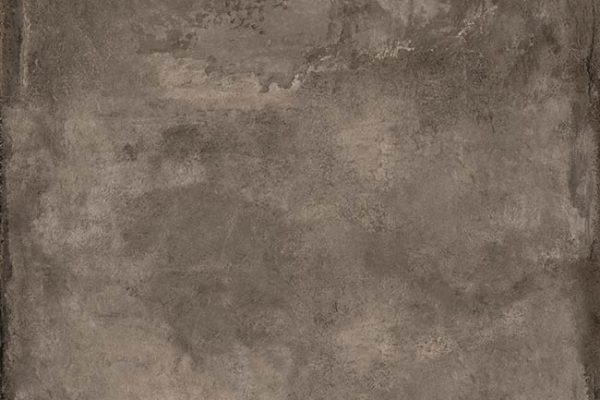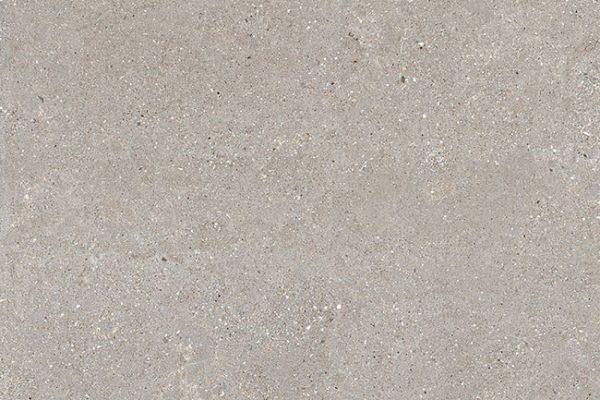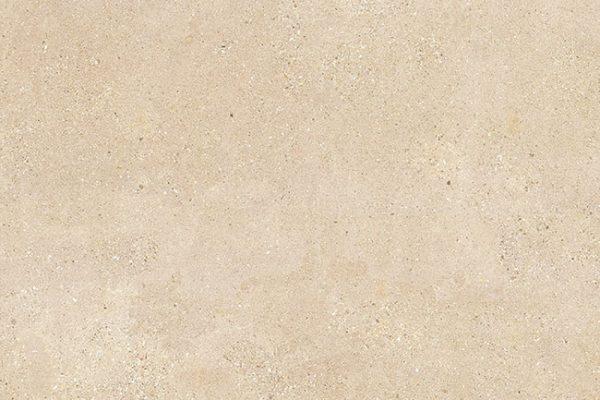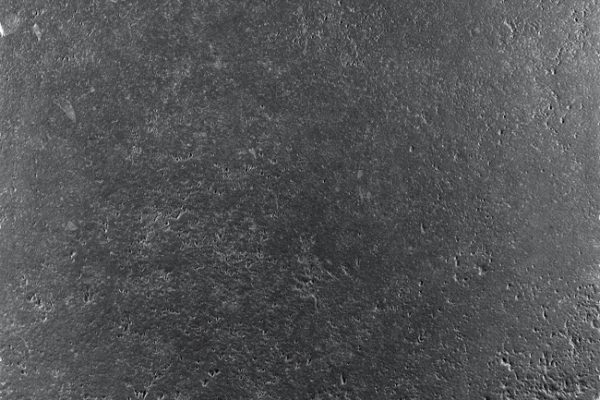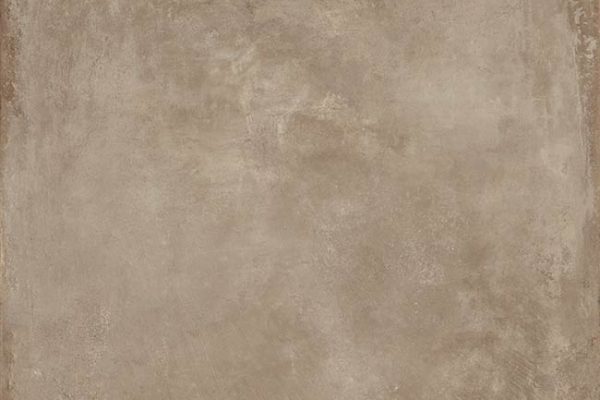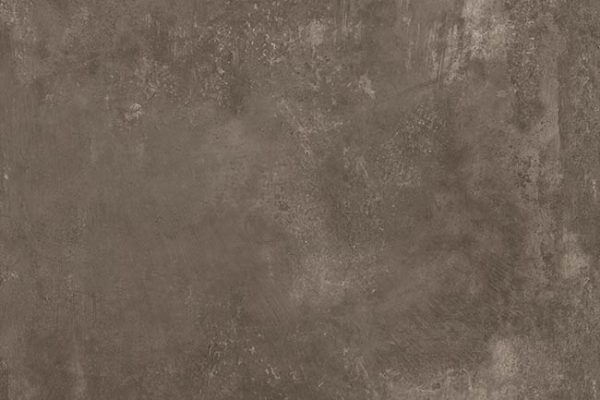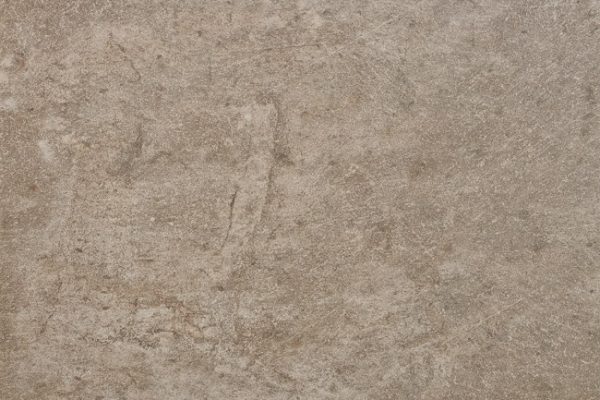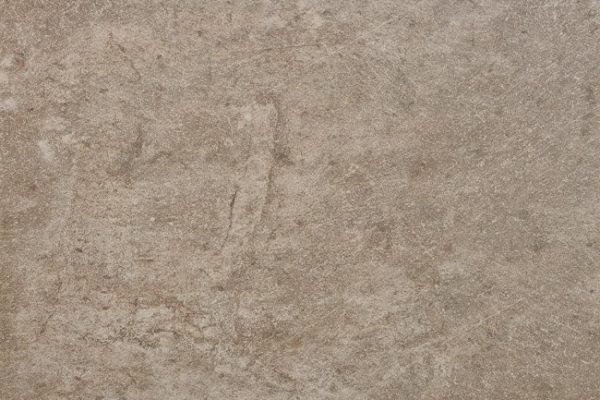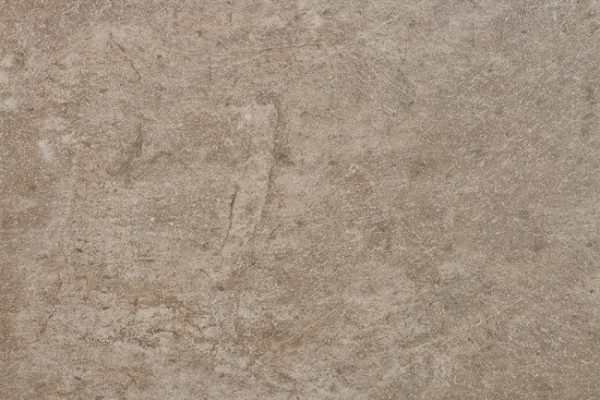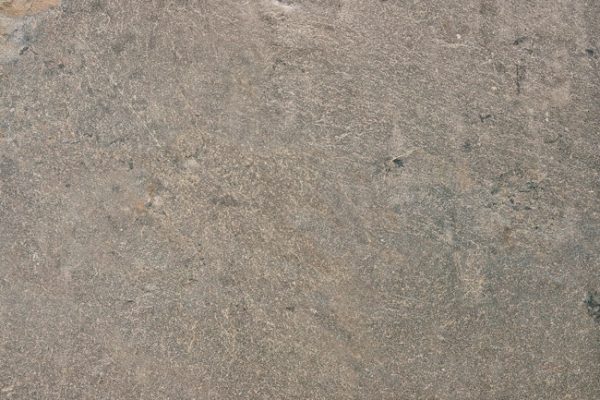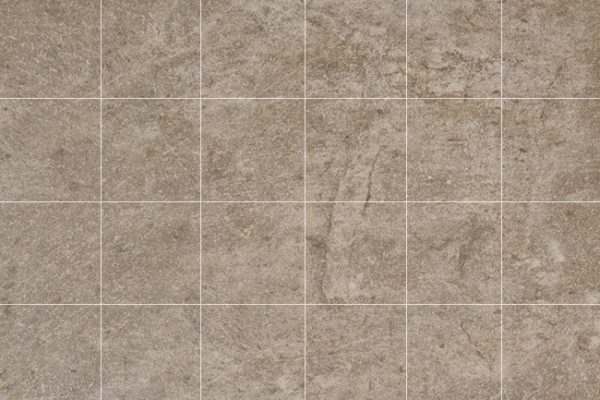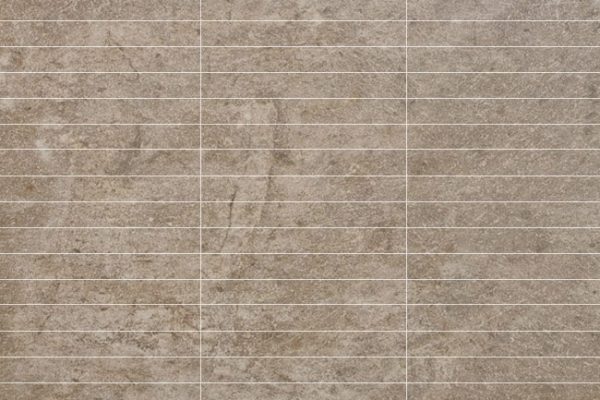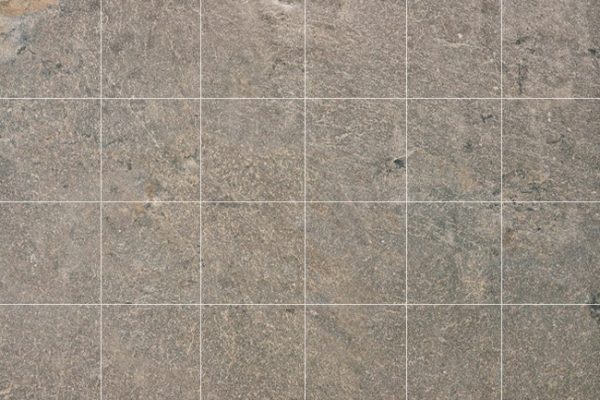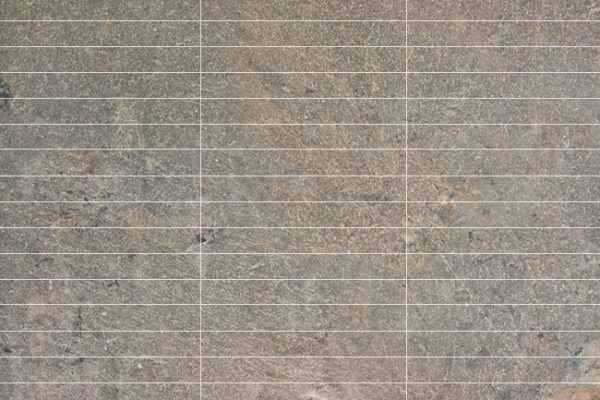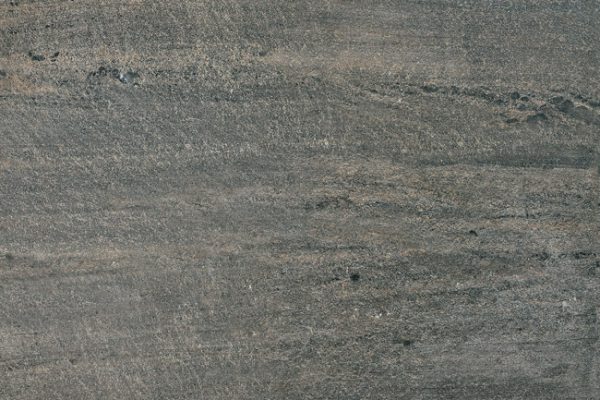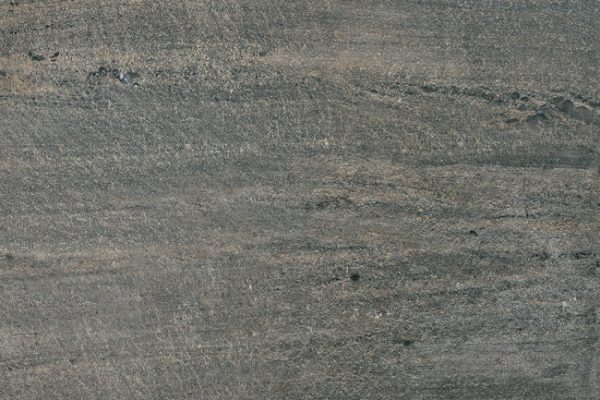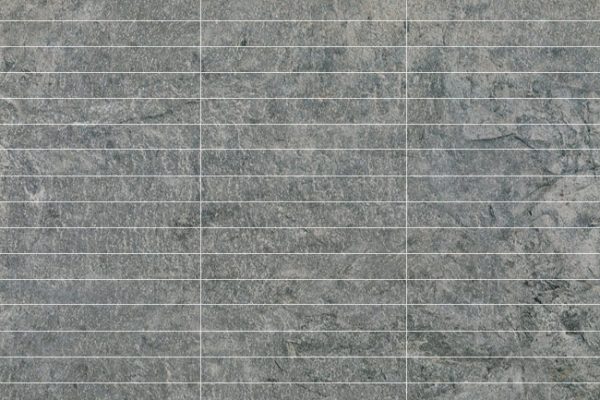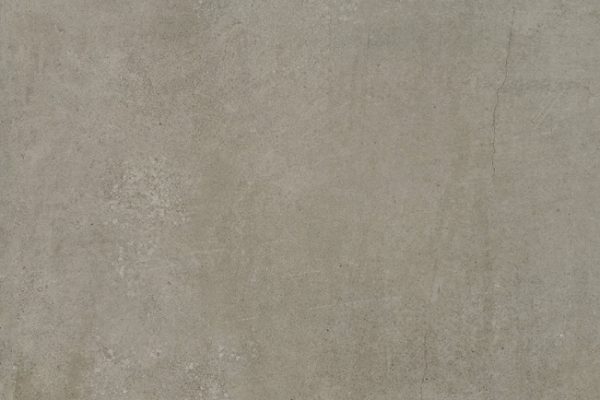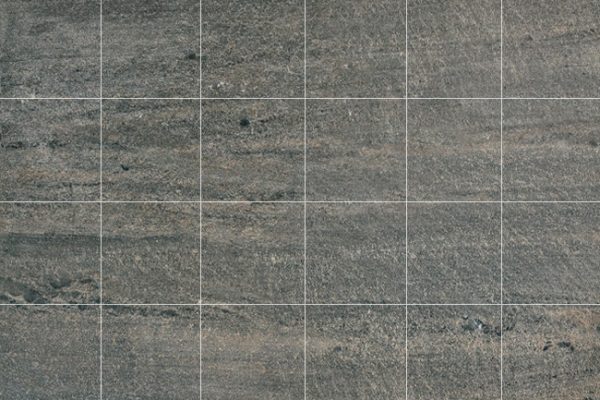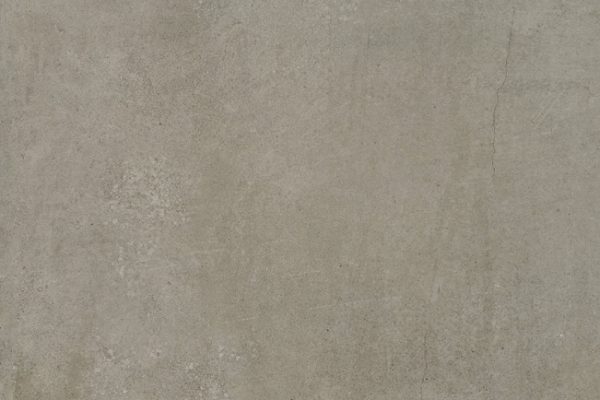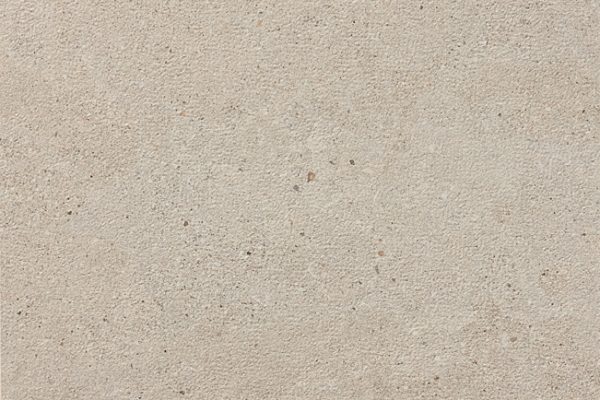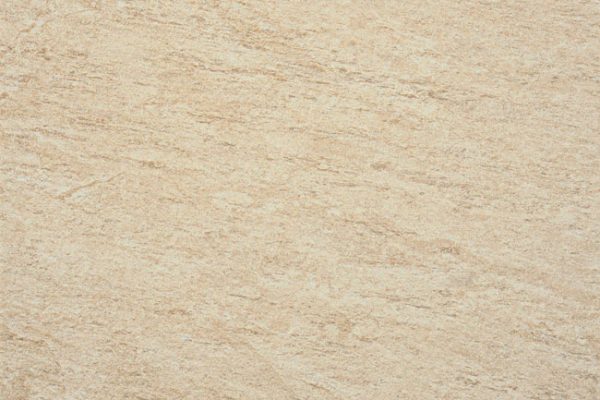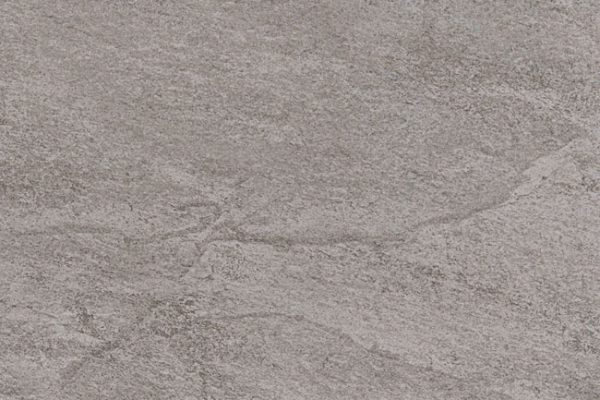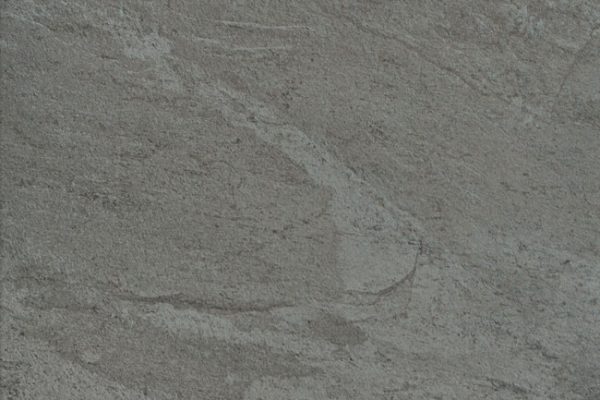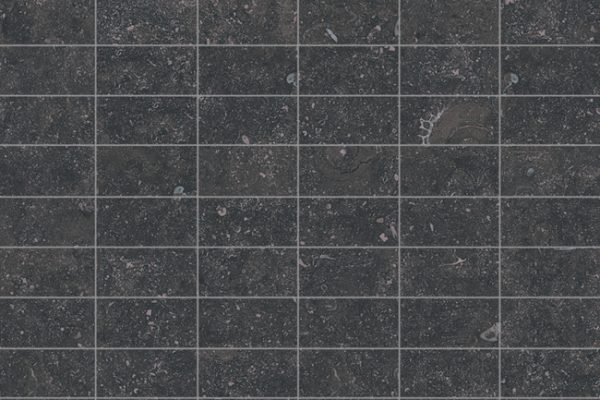Are you interested in blue stone tiles? Durable, aesthetic and easy to maintain, blue stone tiles are an ideal choice for floors and walls. Let’s discover together the advantage of this tile, the different models, the cost, the alternatives as well as the maintenance.
Blue stone tiles
Our blue stone tile collections
-
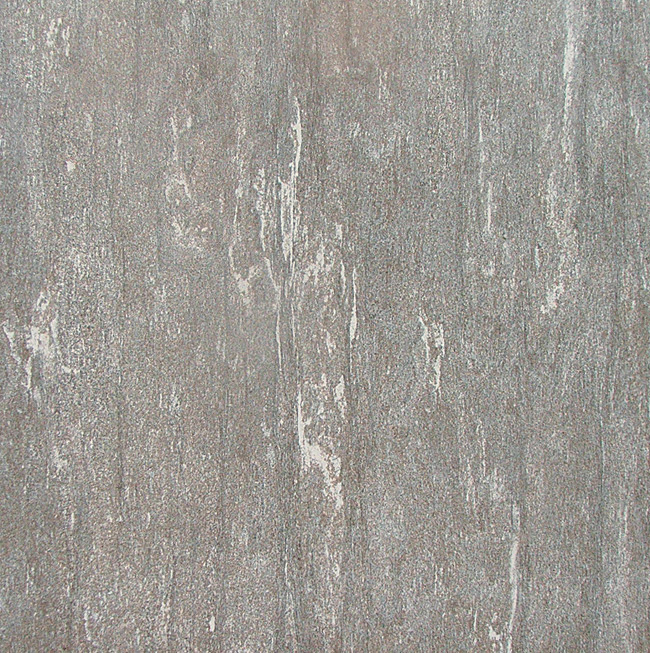 Cast
CastCast
60x12060x6030x6010x60 -
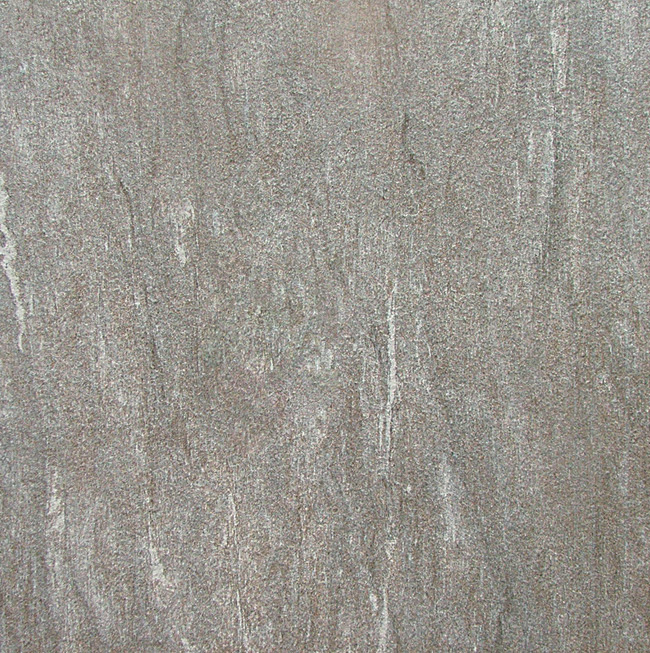 Cast
CastCast structured anti-slip
Outdoor Plus 20mm60x12060x6030x6010x6030x30 -
 Tiber
TiberLight
120x12060x12080x8060x6030x60 -
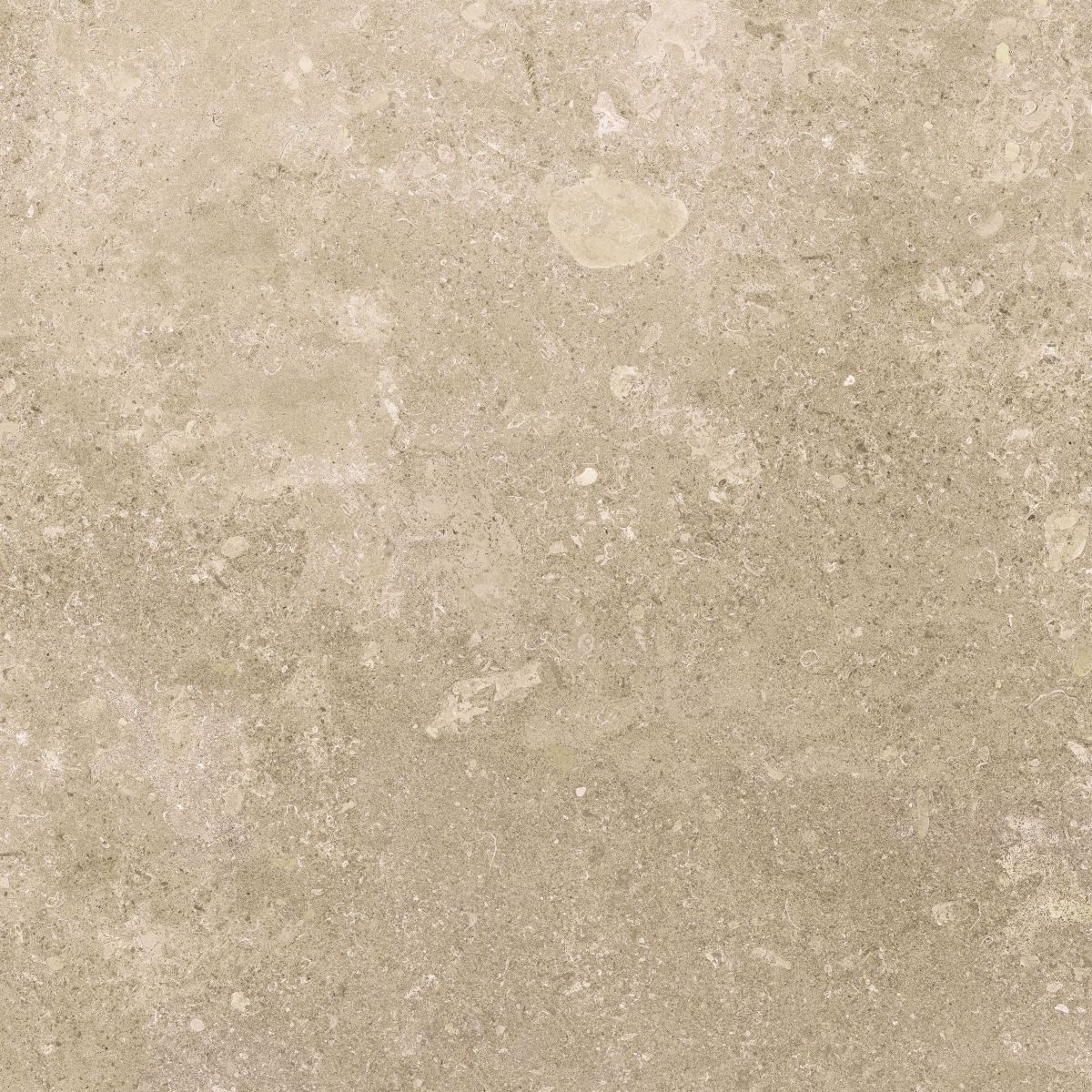 Solithe
SolitheClair
60x12060x6030x60 -
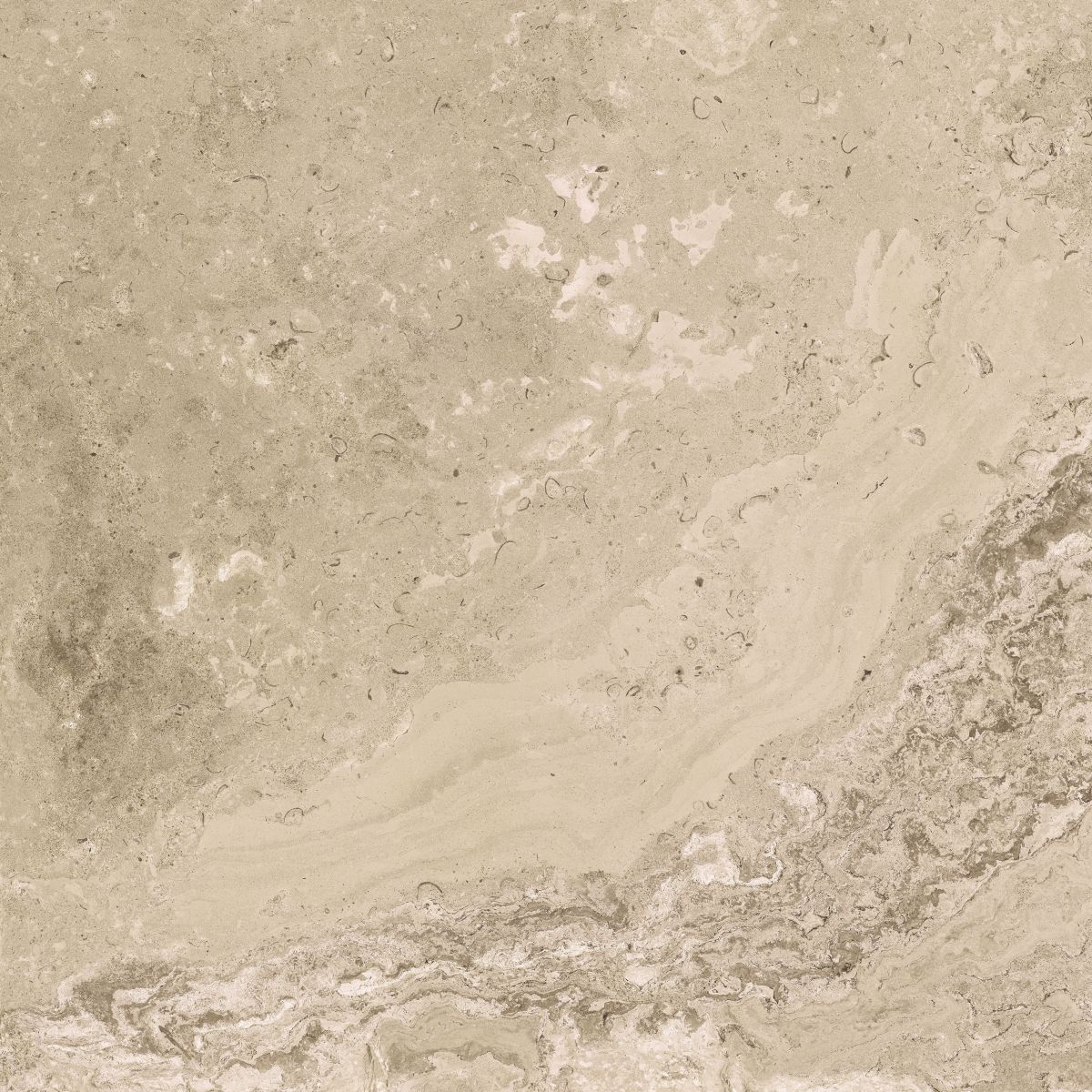 Solithe
SolitheClair structured anti-slip
Outdoor Plus 20mm60x9060x6030x60 -
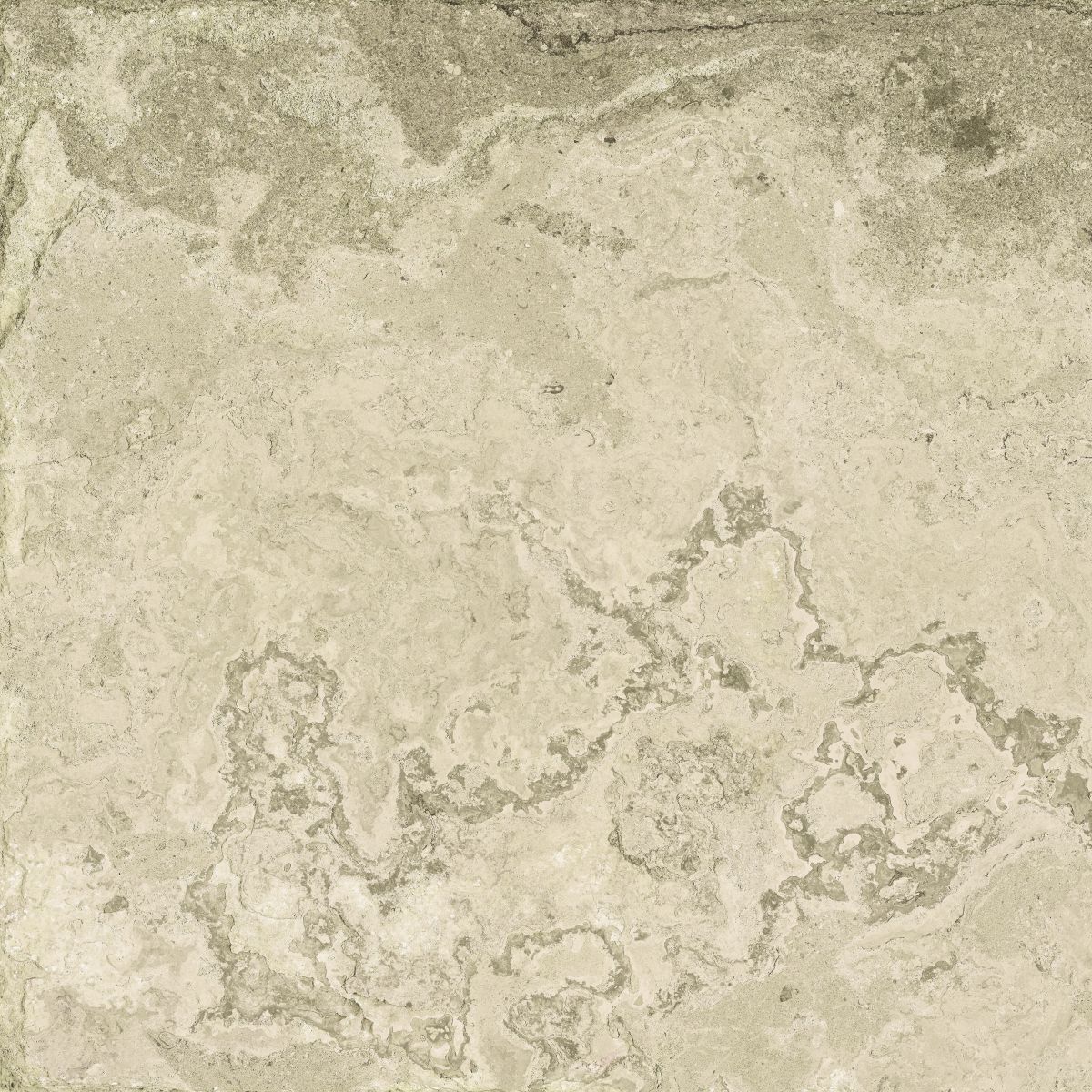 Solithe
SolitheNaturel
60x12060x6030x6010x60 -
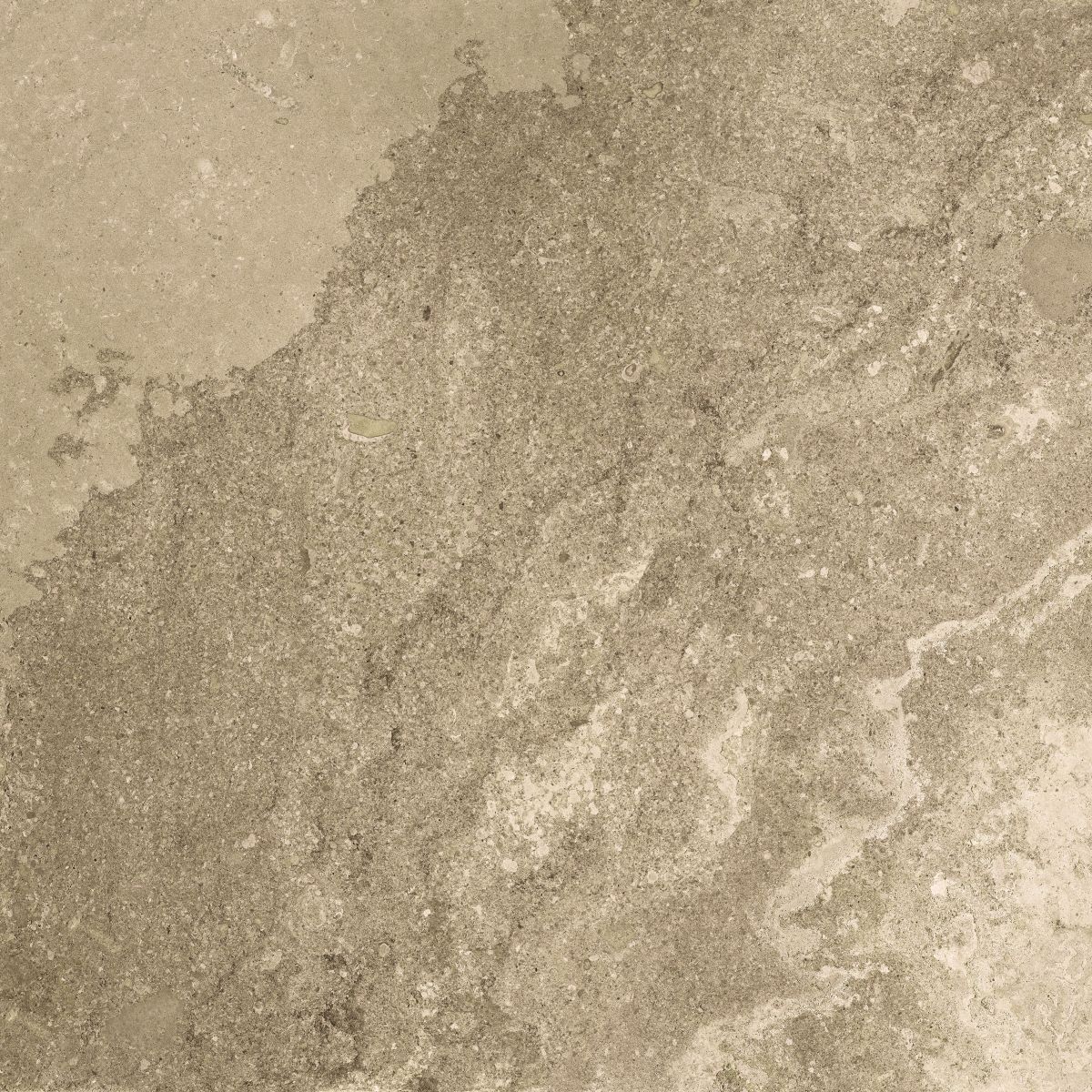 Solithe
SolitheNaturel structured anti-slip
Outdoor Plus 20mm60x9060x6030x60 -
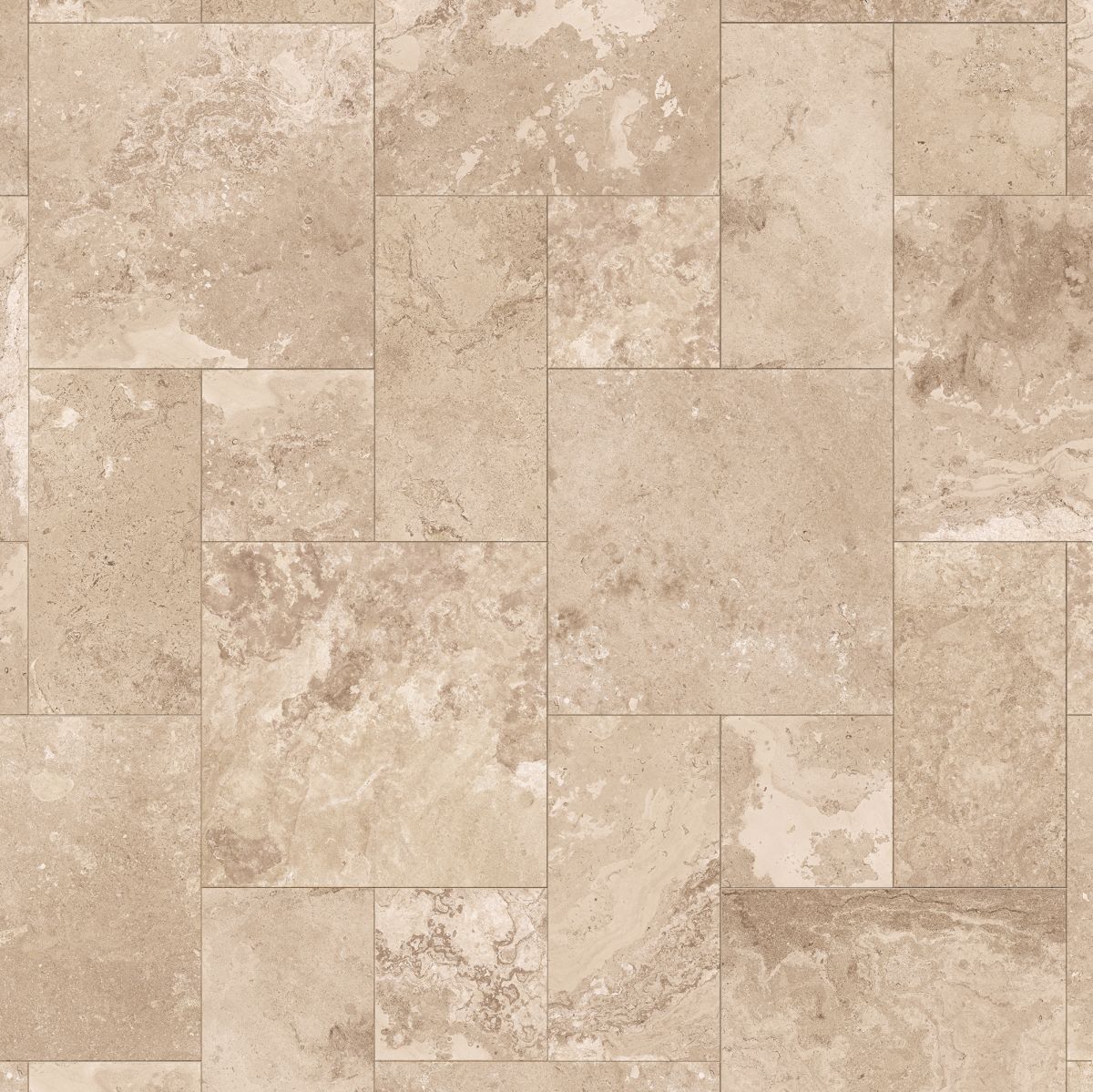 Solithe
SolitheClair Multi-format Int.
Comp. Mod. -
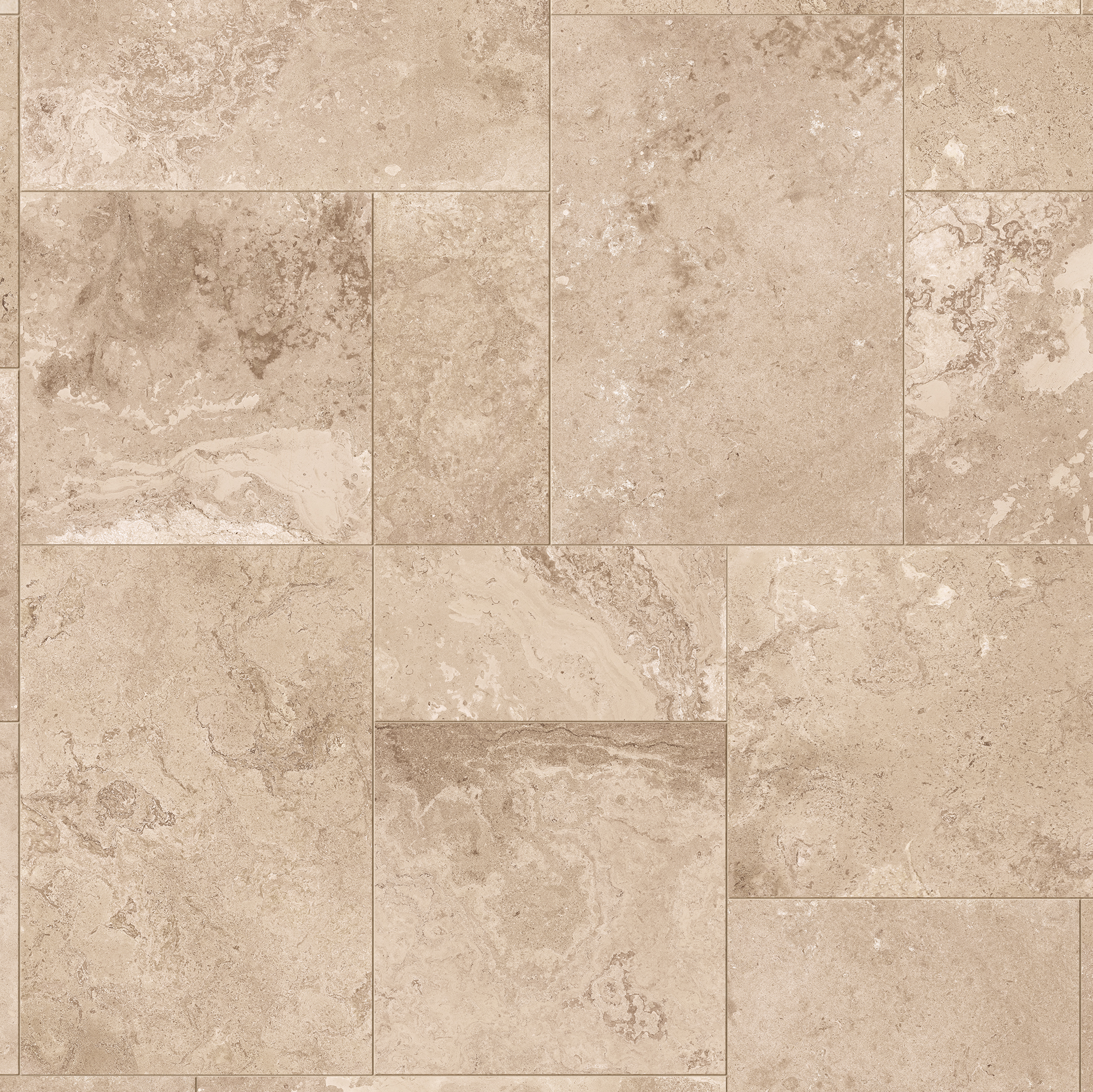 Solithe
SolitheClair Multi-format Ext. structured anti-slip
Outdoor Plus 20mmComp. Mod. -
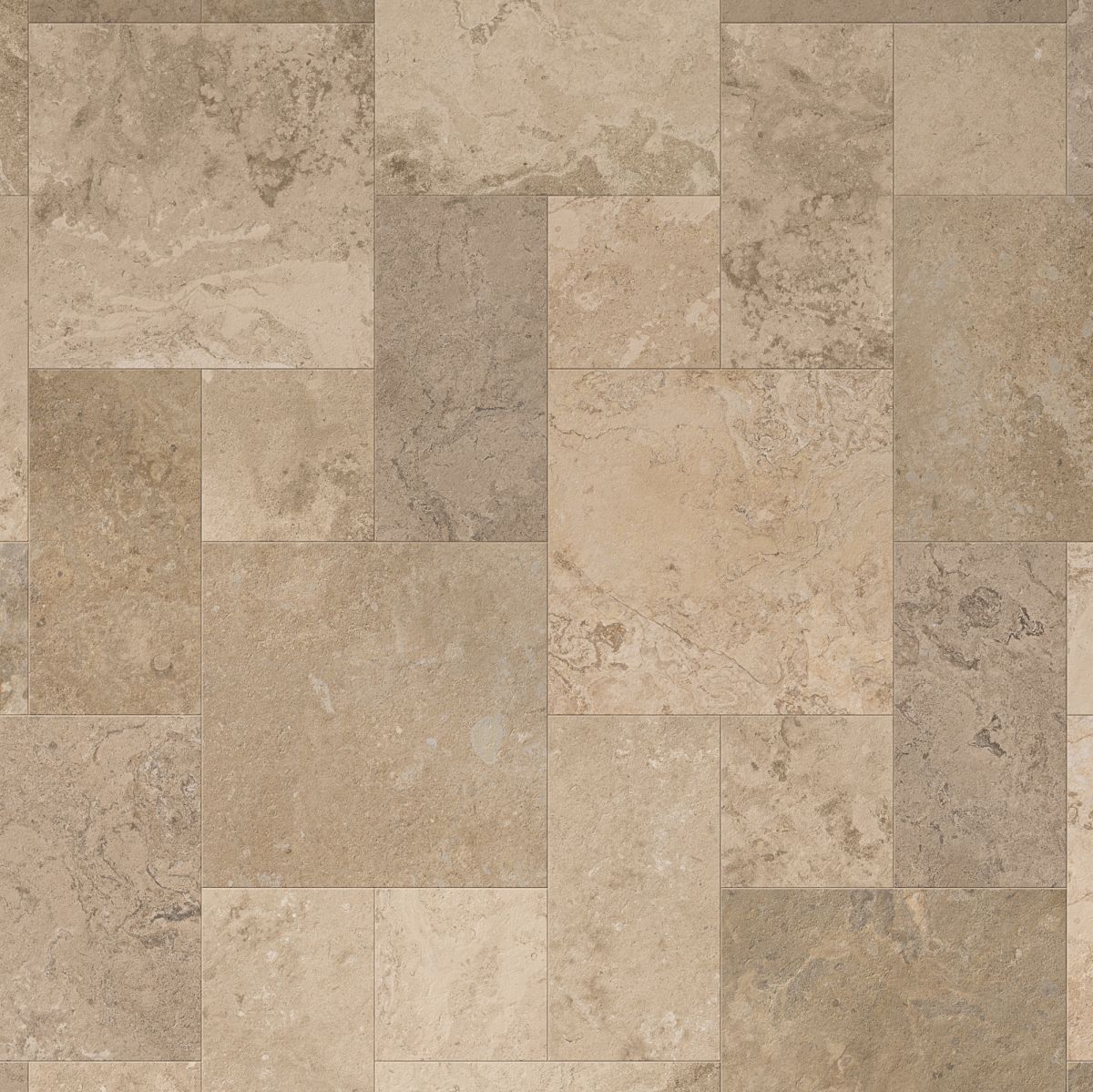 Solithe
SolitheNaturel Multi-format Int.
Comp. Mod. -
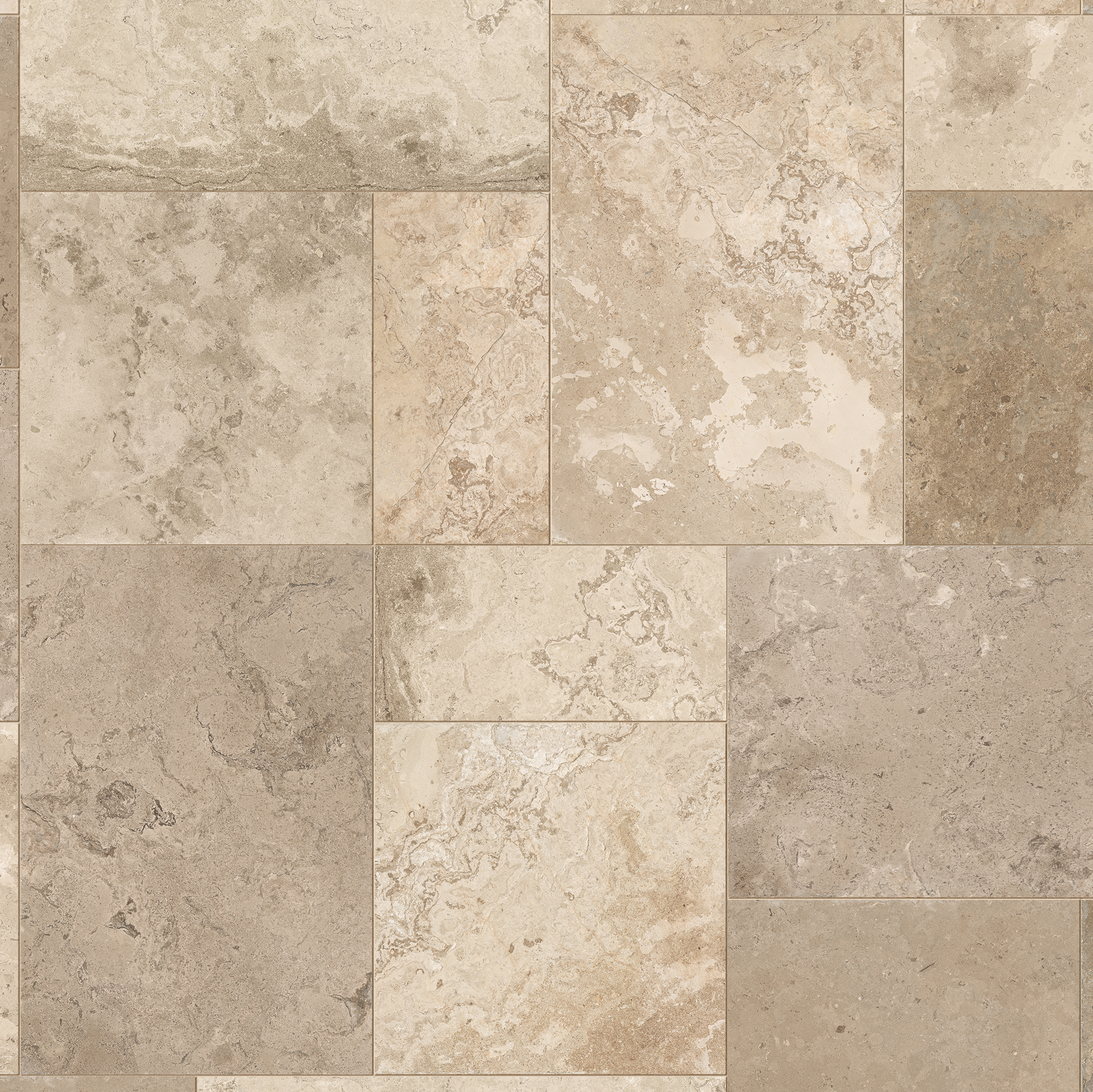 Solithe
SolitheNaturel Multi-format Ext. structured anti-slip
Outdoor Plus 20mmComp. Mod. -
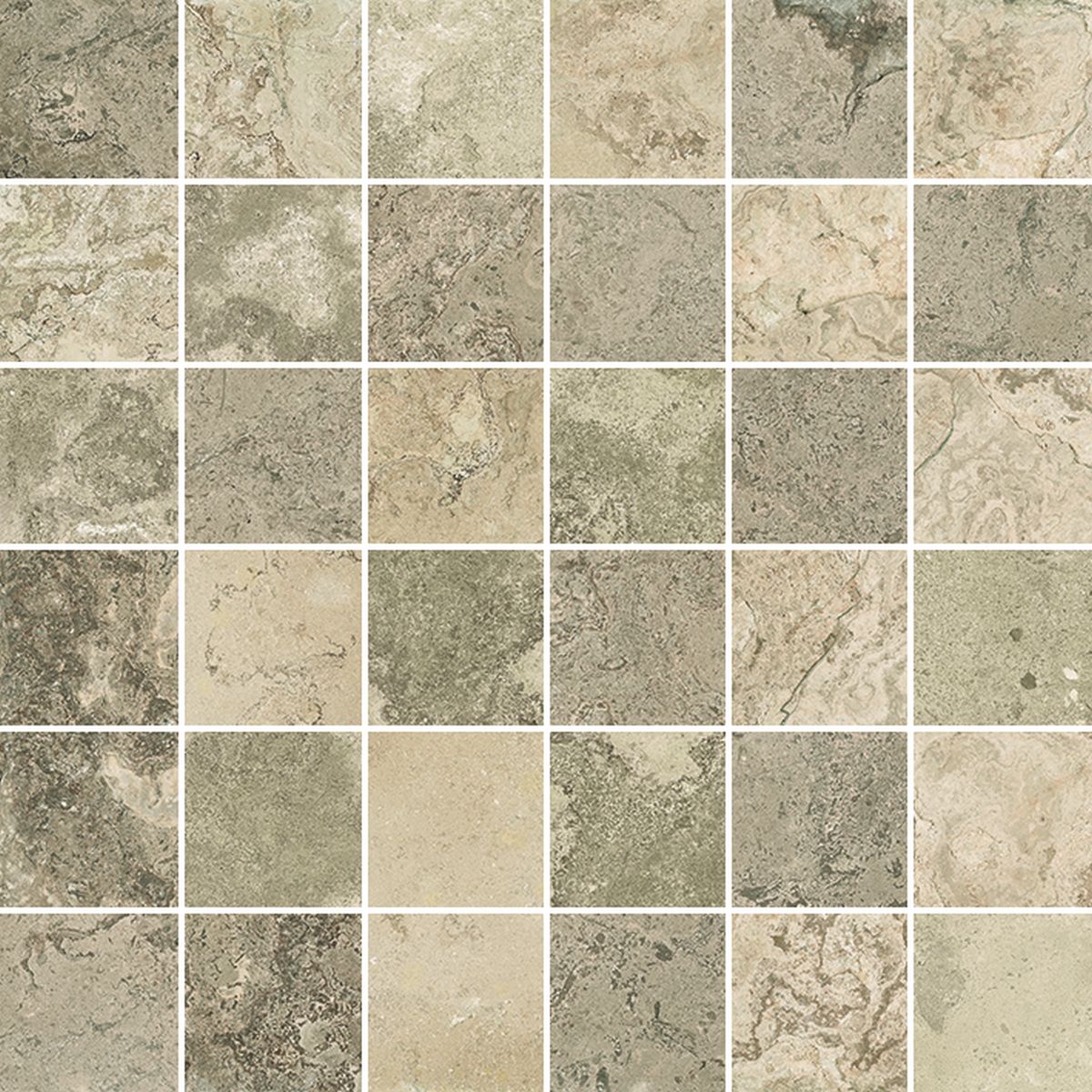 Solithe
SolitheNaturel 5 column mosaic
30x30 -
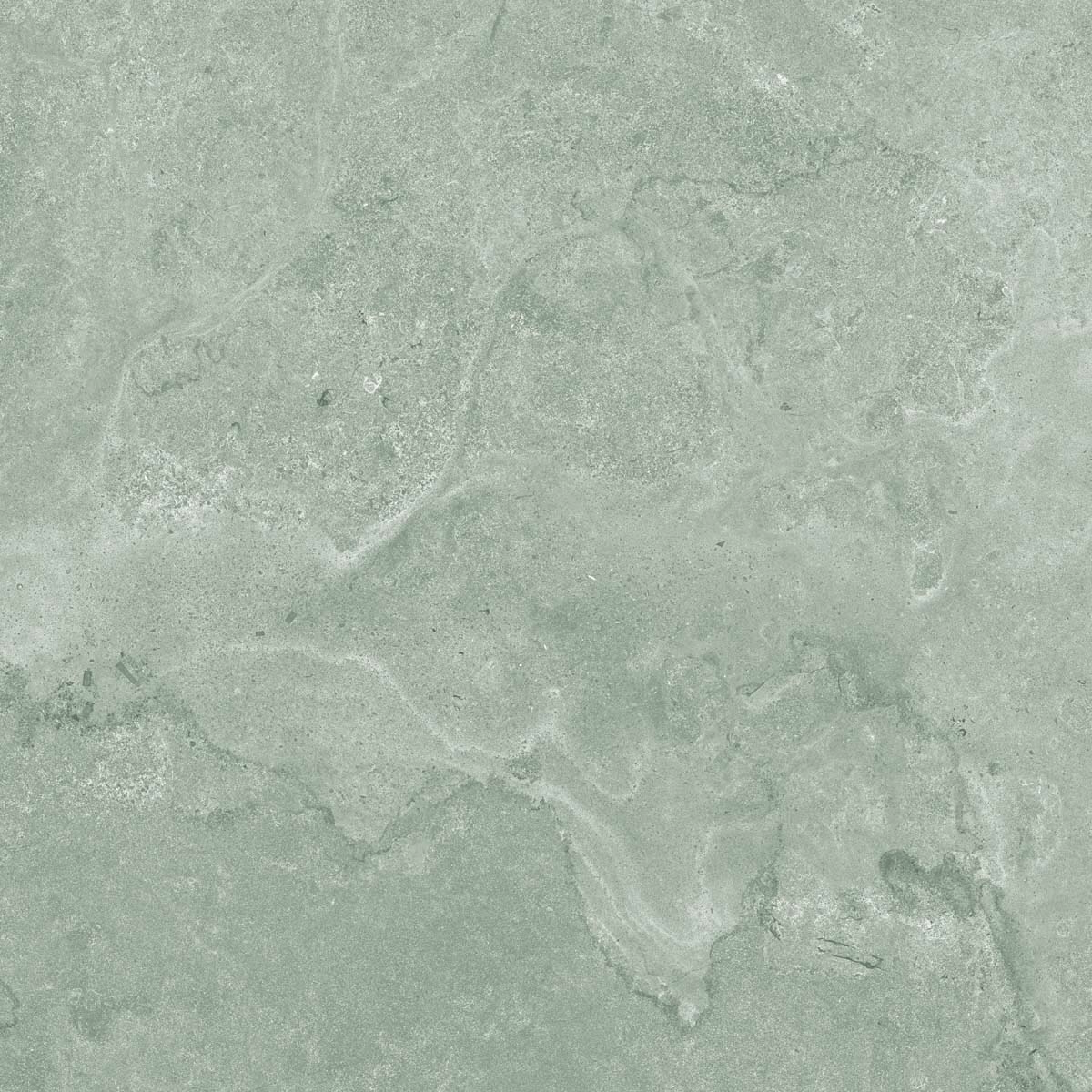 Kairn
KairnGris
120x12060x12080x8060x6030x6010x60 -
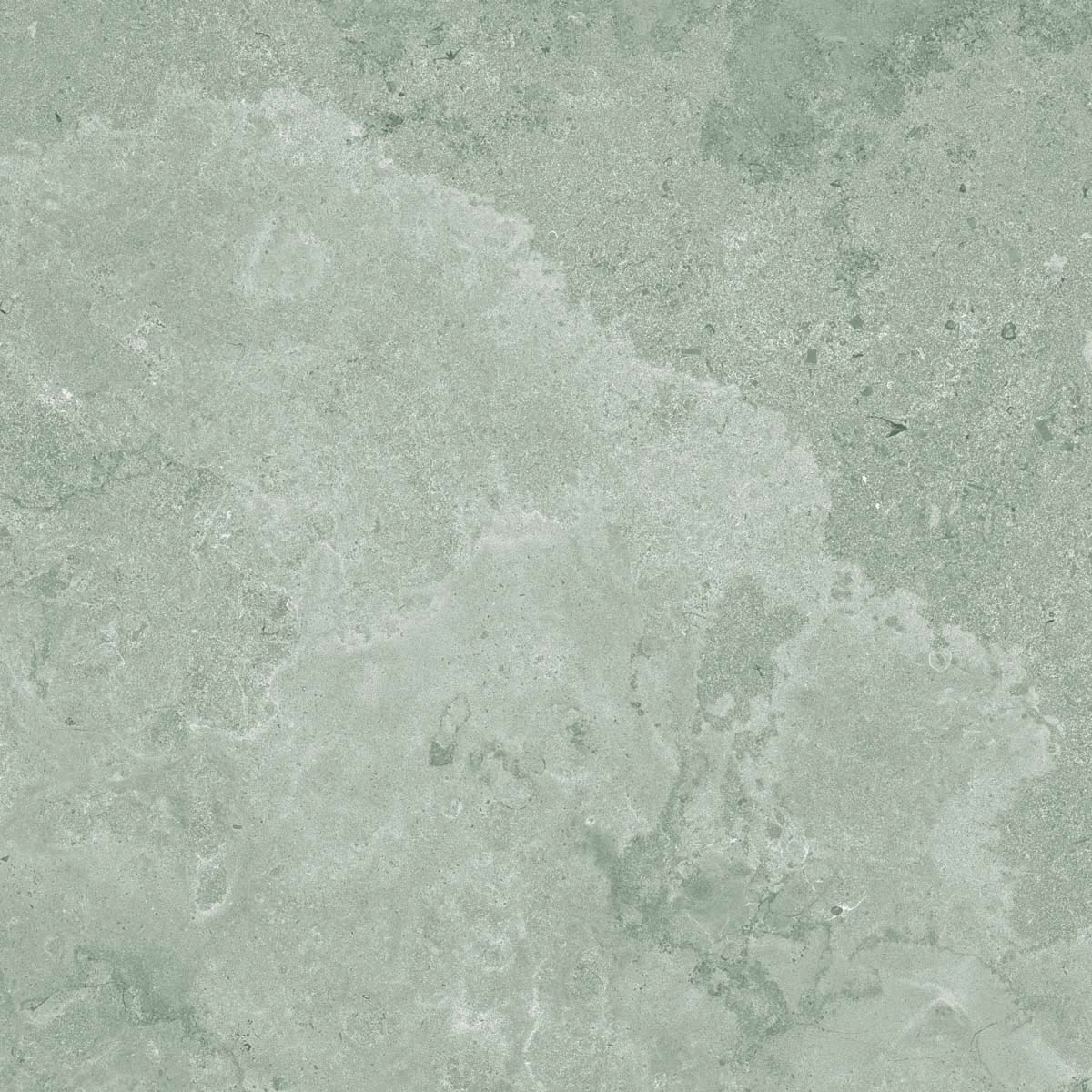 Kairn
KairnGris structured anti-slip
Outdoor Plus 20mm60x12080x8060x6030x60 -
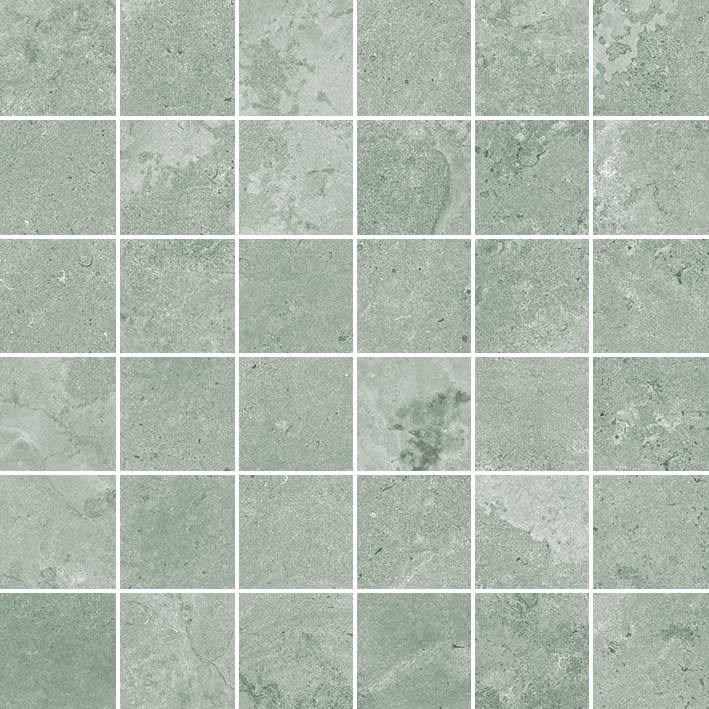 Kairn
KairnGris 5 column mosaic
30x30 -
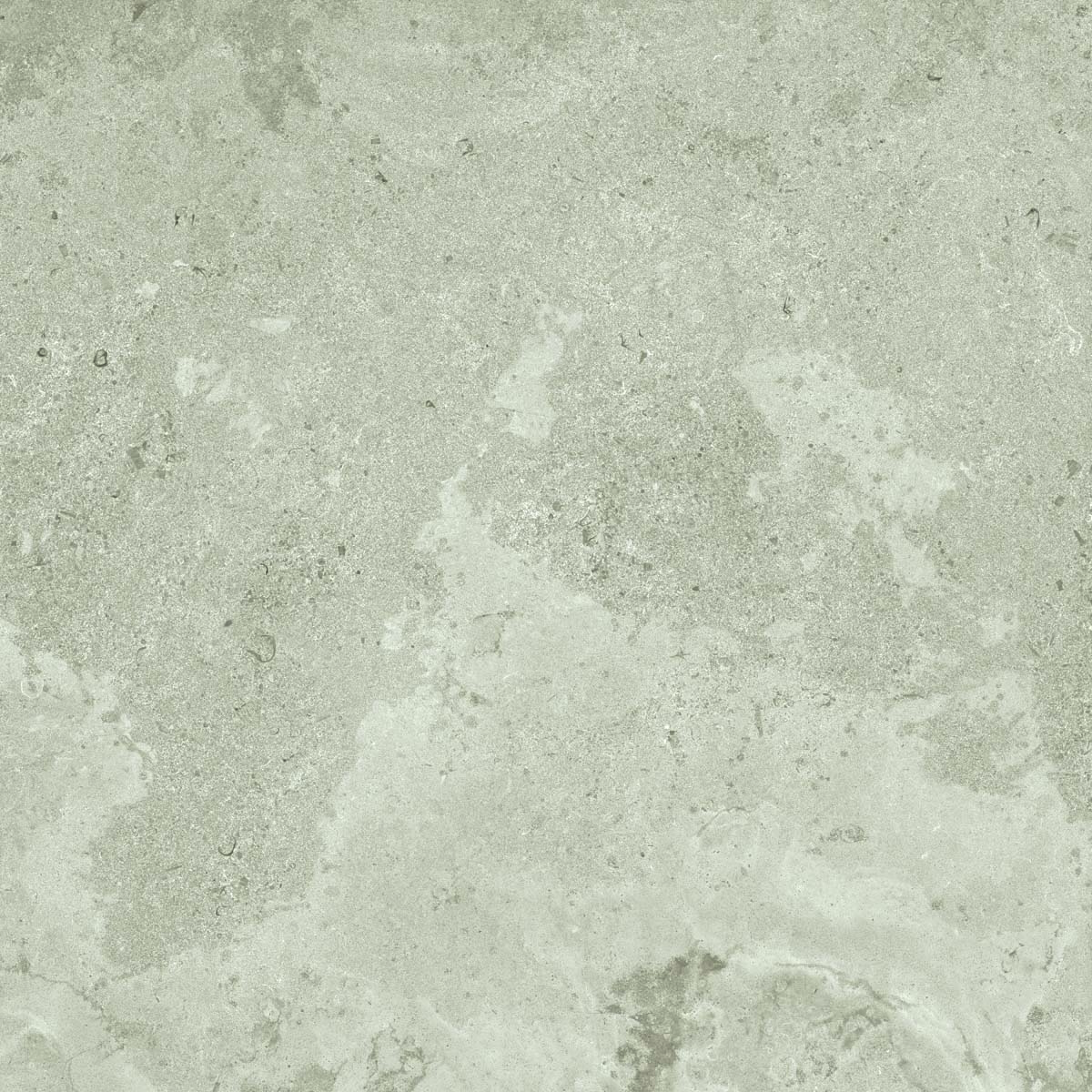 Kairn
KairnNaturel
120x12060x12080x8060x6030x6010x60 -
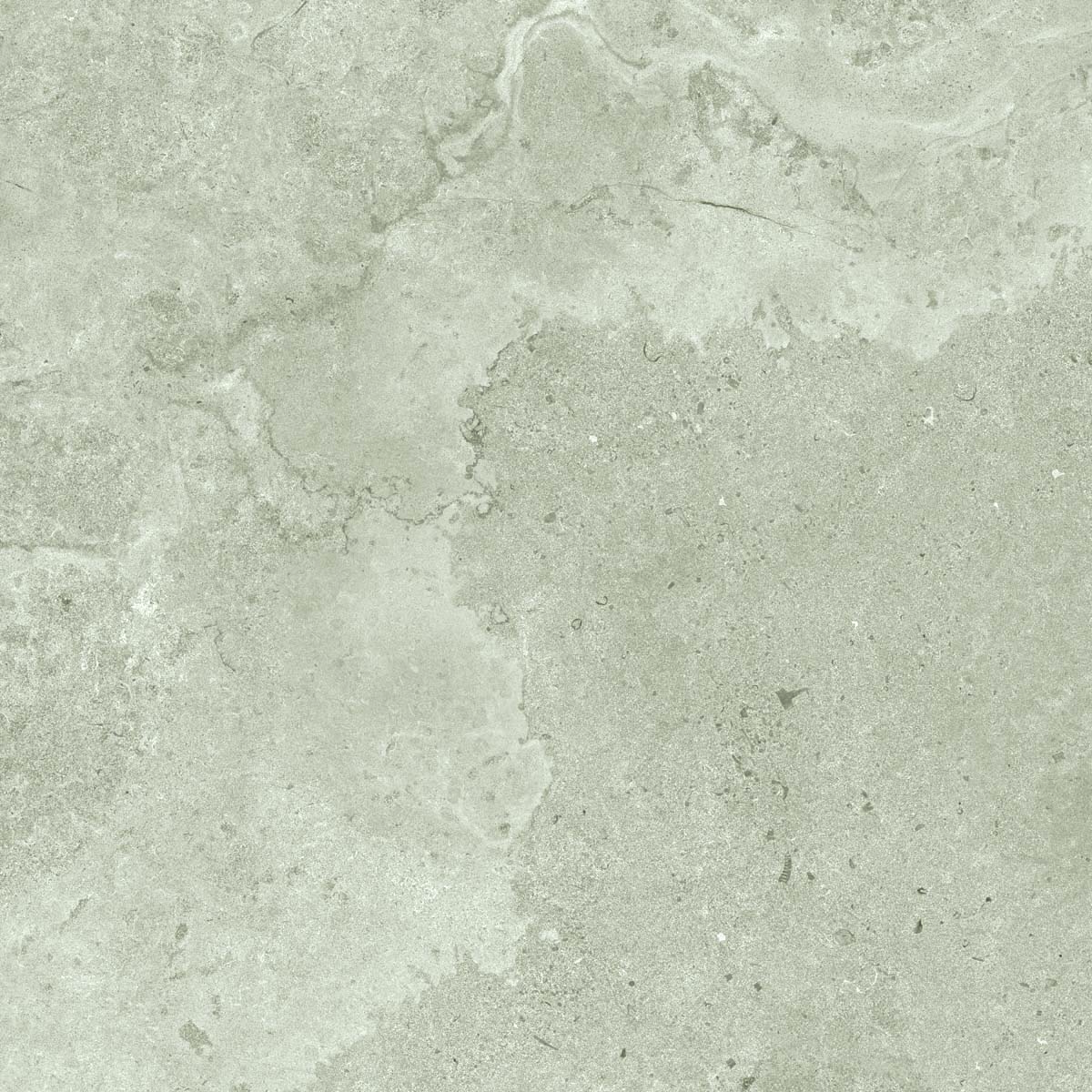 Kairn
KairnNaturel structured anti-slip
Outdoor Plus 20mm60x12080x8060x6030x60 -
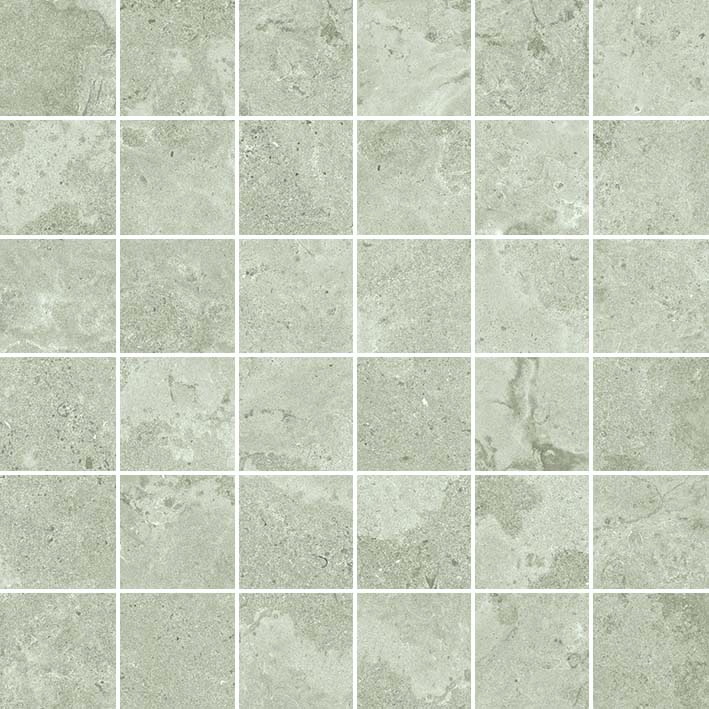 Kairn
KairnNaturel 5 column mosaic
30x30 -
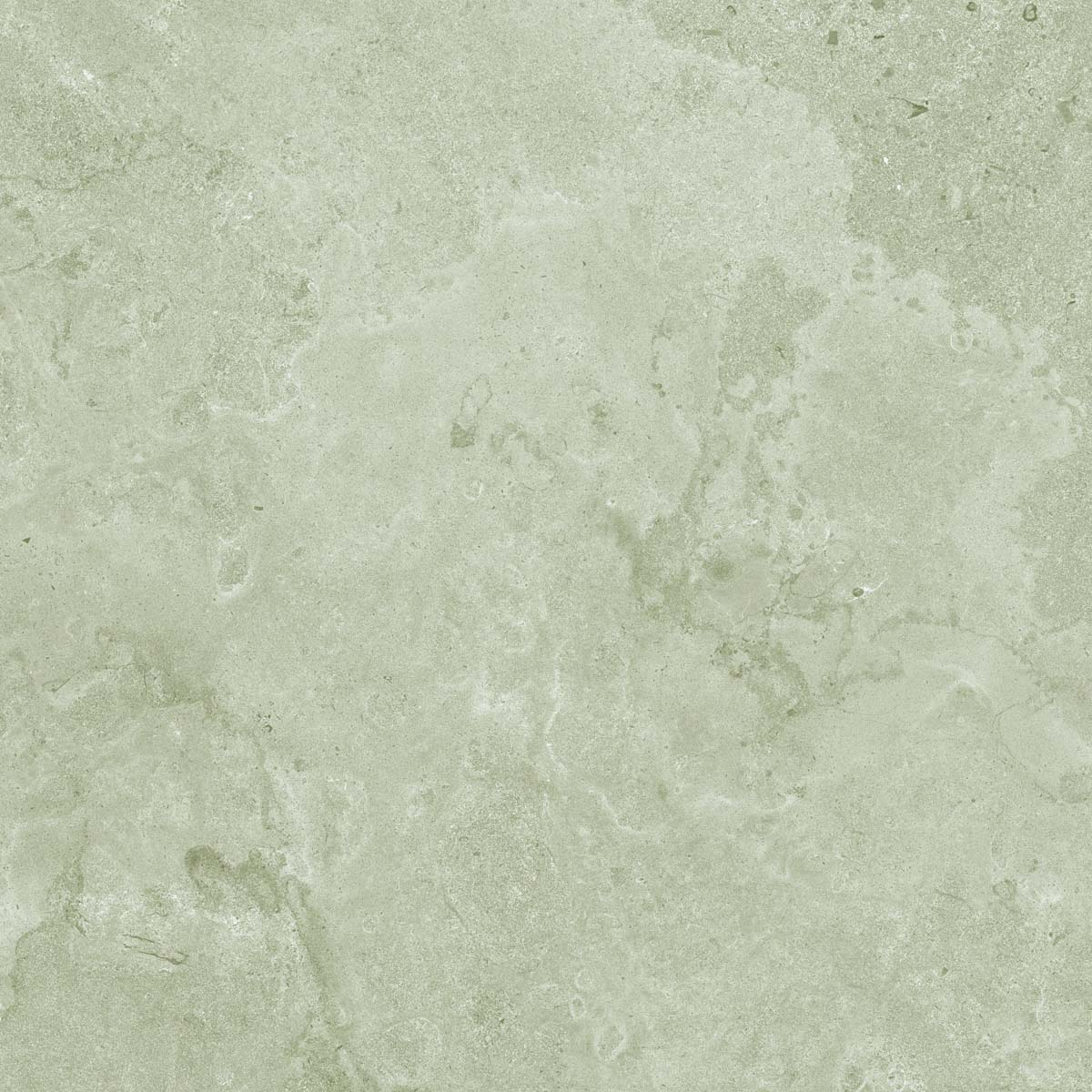 Kairn
KairnSable
120x12060x12080x8060x6030x6010x60 -
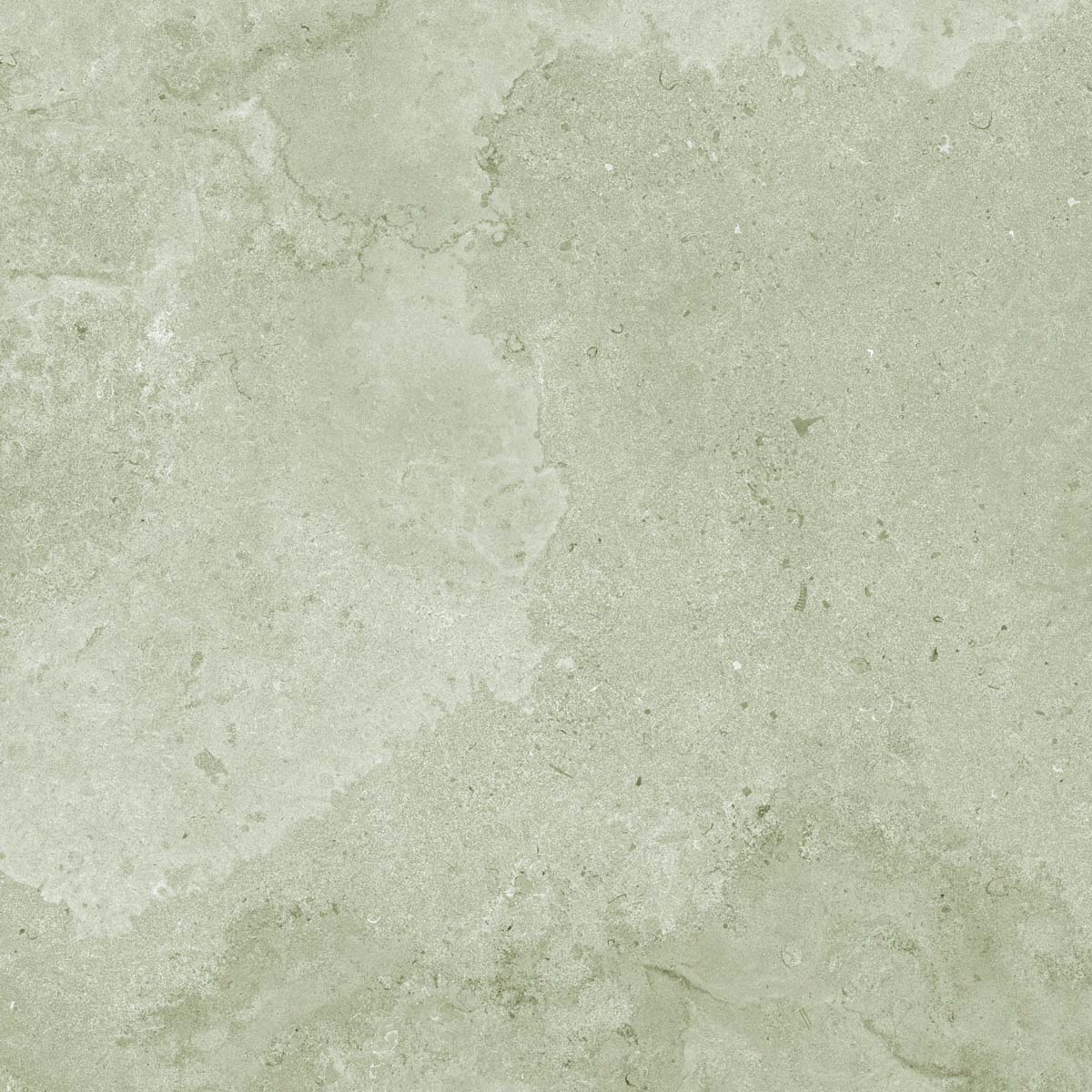 Kairn
KairnSable structured anti-slip
Outdoor Plus 20mm60x12080x8060x6030x60 -
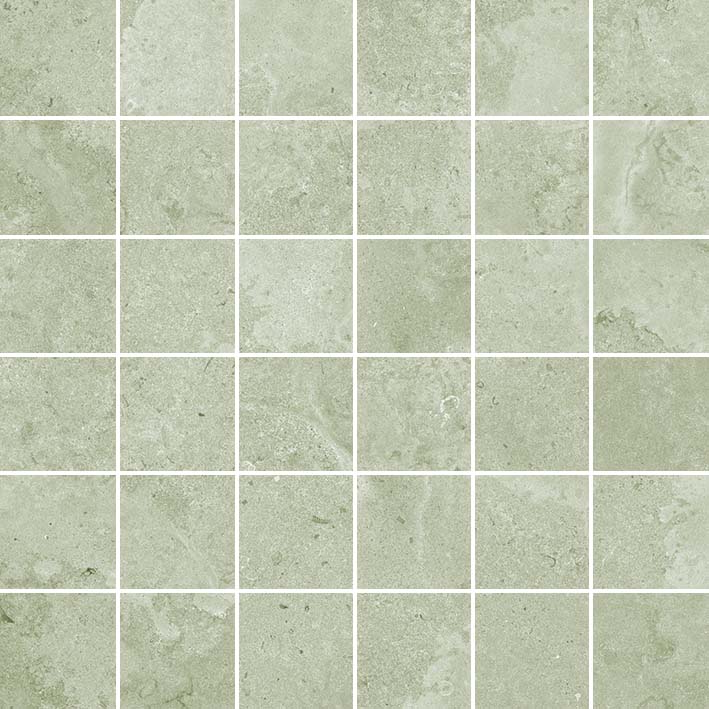 Kairn
KairnSable 5 column mosaic
30x30 -
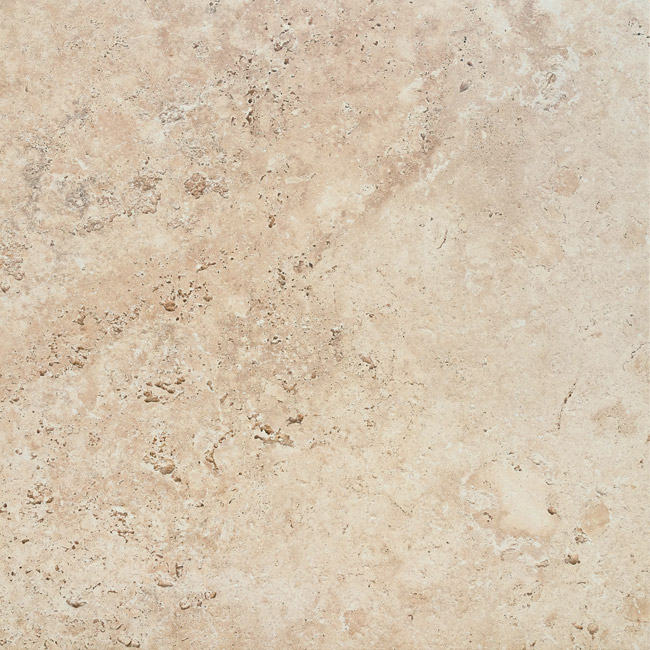 Tiber
TiberLight structured anti-slip
Outdoor Plus 20mm60x9080x8060x6030x60 -
 Performance
PerformancePierre Ivoire
60x60 -
 Samsara
SamsaraOpale 5 column mosaic
30x30 -
 Samsara
SamsaraIvoire 5 column mosaic
30x30 -
 Samsara
SamsaraPerle 5 column mosaic
30x30 -
 Samsara
SamsaraPlomb 5 column mosaic
30x30 -
 Samsara
SamsaraArdoise 5 column mosaic
30x30 -
 Performance
PerformancePierre Gris
60x60 -
 Performance
PerformancePierre Plomb
60x60 -
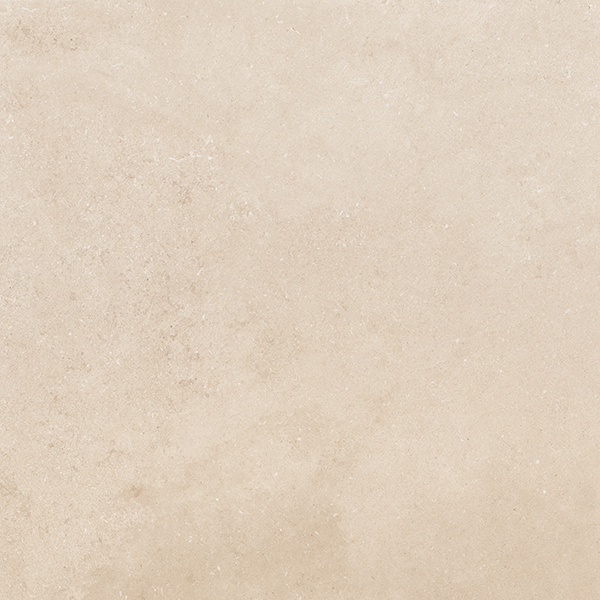 Inaya
InayaIvoire
60x6030x6045x45 -
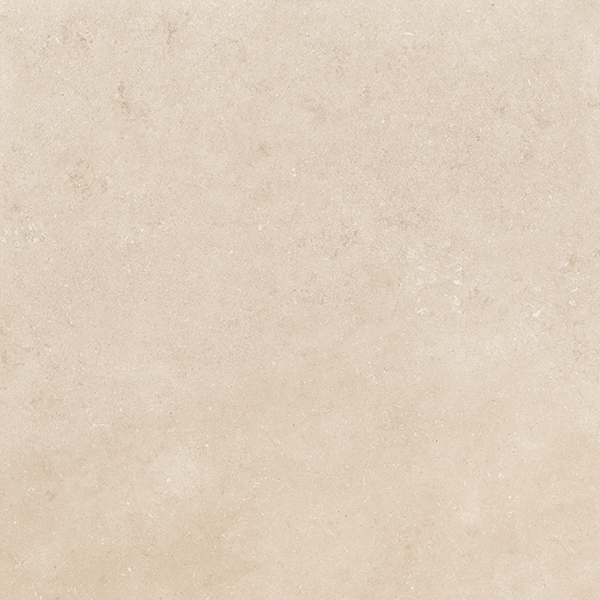 Inaya
InayaIvoire structured anti-slip
60x6030x6045x45 -
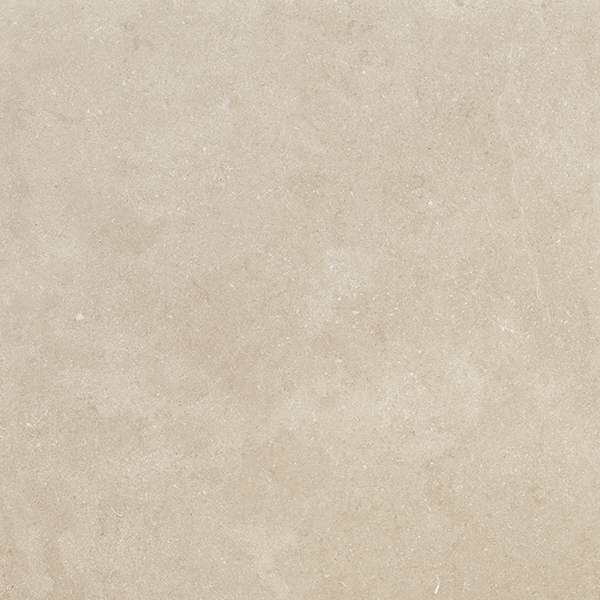 Inaya
InayaGris
60x6030x6045x45 -
 Inaya
InayaGris structured anti-slip
60x6030x6045x45 -
 Inaya
InayaSable
60x6030x6045x45 -
 Inaya
InayaSable structured anti-slip
60x6030x6045x45 -
 Kryo
KryoFrost
120x12060x12060x6030x6010x60 -
 Kryo
KryoFrost structured anti-slip
Outdoor Plus 20mm60x12060x60 -
 Kryo
KryoFrost 6 column mosaic
30x30 -
 Kryo
KryoNatural
120x12060x12060x6030x6010x60 -
 Kryo
KryoNatural structured anti-slip
Outdoor Plus 20mm60x12060x60 -
 Kryo
KryoNatural 6 column mosaic
30x30 -
 Kryo
KryoIntense
120x12060x12060x6030x6010x60 -
 Kryo
KryoIntense structured anti-slip
Outdoor Plus 20mm60x12060x60 -
 Kryo
KryoIntense 6 column mosaic
30x30 -
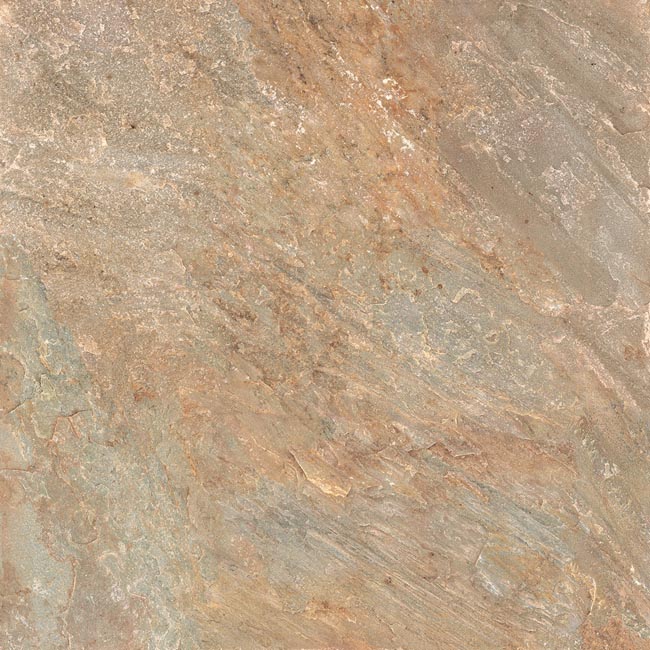 Zephyr
ZephyrGold
60x6030x60 -
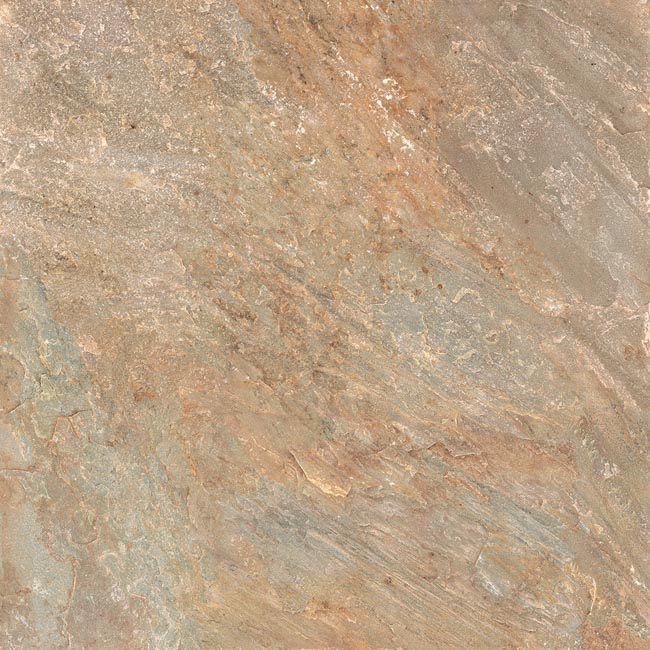 Zephyr
ZephyrGold Multi-format Int.
Comp. Mod. -
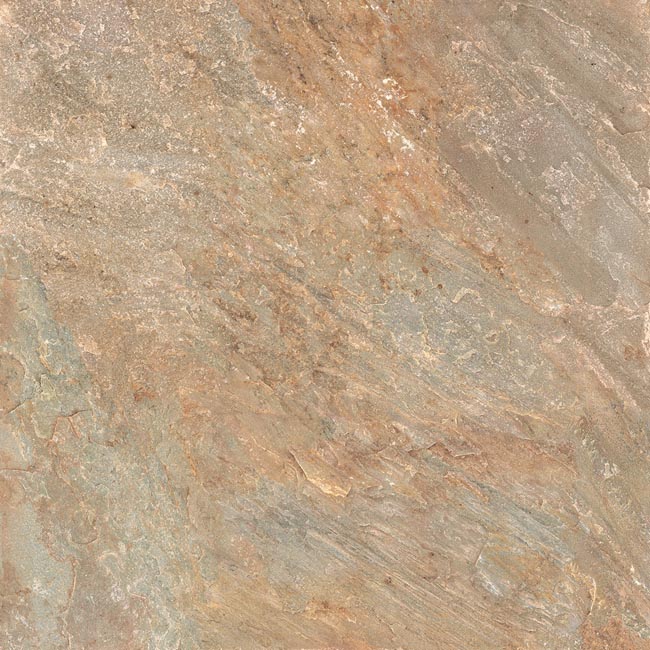 Zephyr
ZephyrGold structured anti-slip
Outdoor Plus 20mm60x6030x6010x60 -
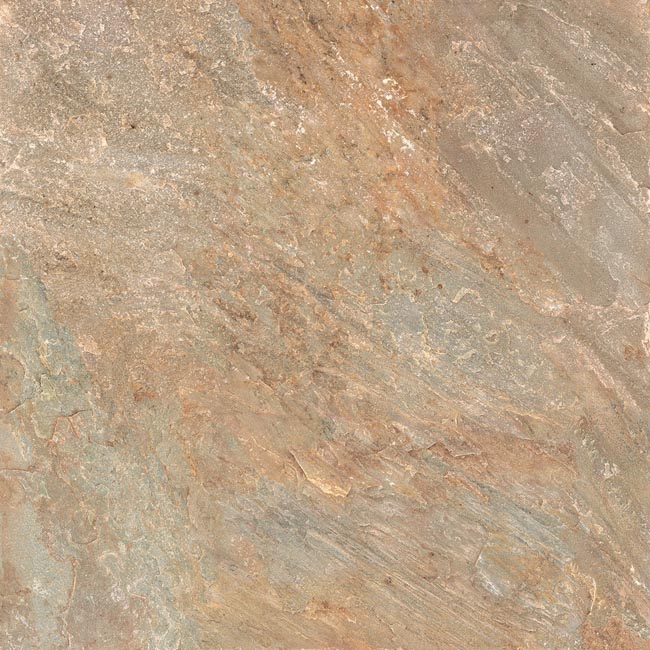 Zephyr
ZephyrGold Multi-format Ext. structured anti-slip
Comp. Mod. -
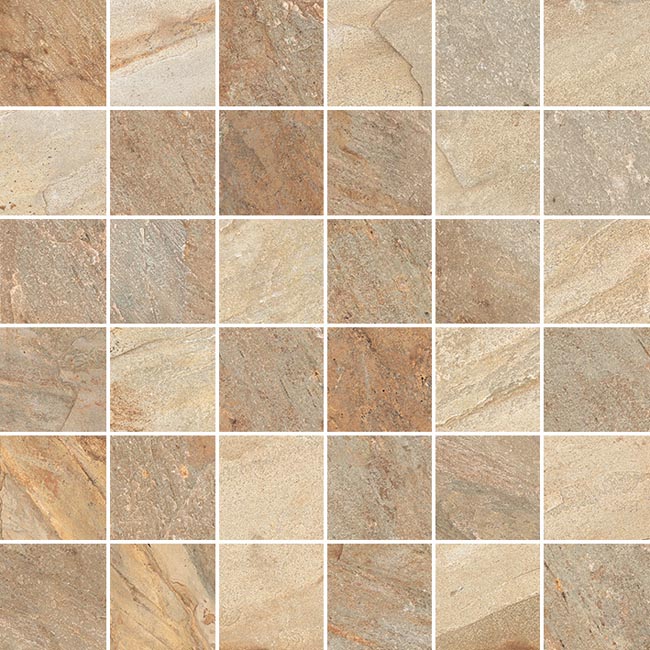 Zephyr
ZephyrGold Mos 5x5 structured anti-slip
30x30 -
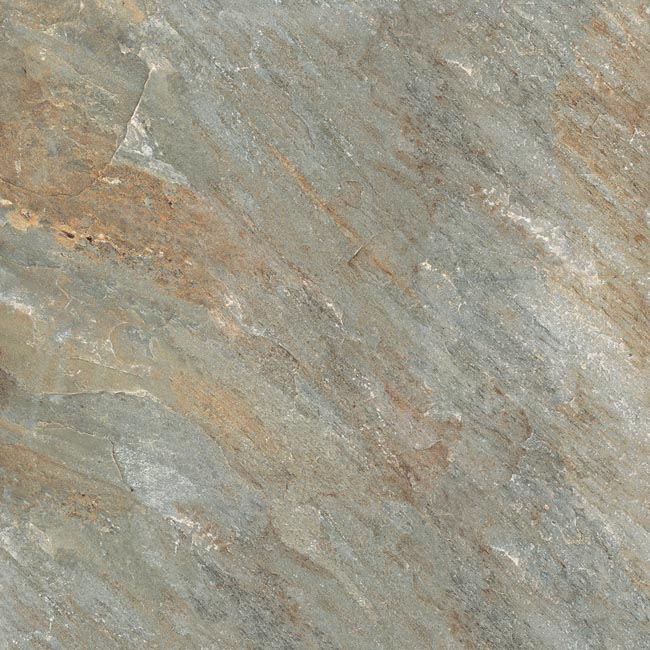 Zephyr
ZephyrGrey
60x6030x60 -
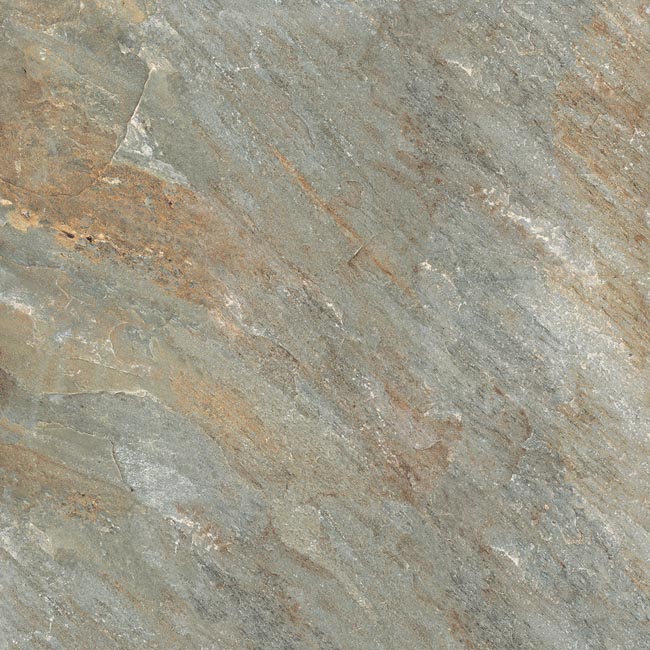 Zephyr
ZephyrGrey Multi-format Int.
Comp. Mod. -
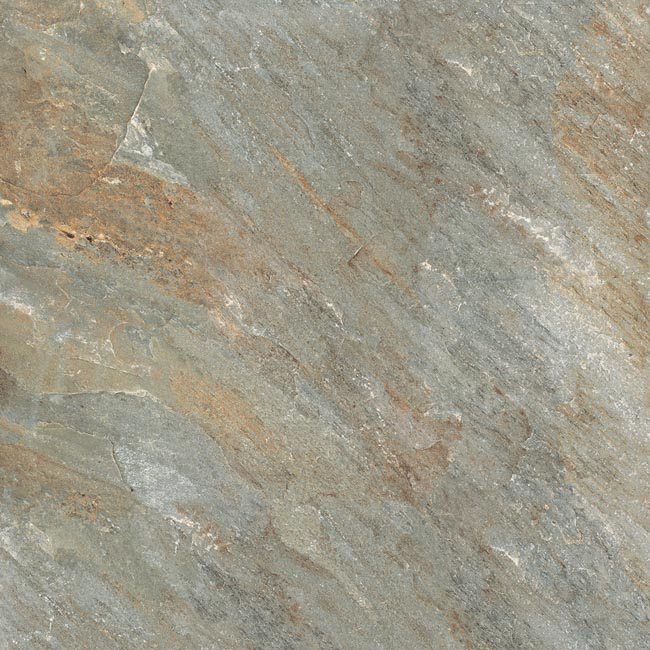 Zephyr
ZephyrGrey structured anti-slip
Outdoor Plus 20mm60x6030x6010x60 -
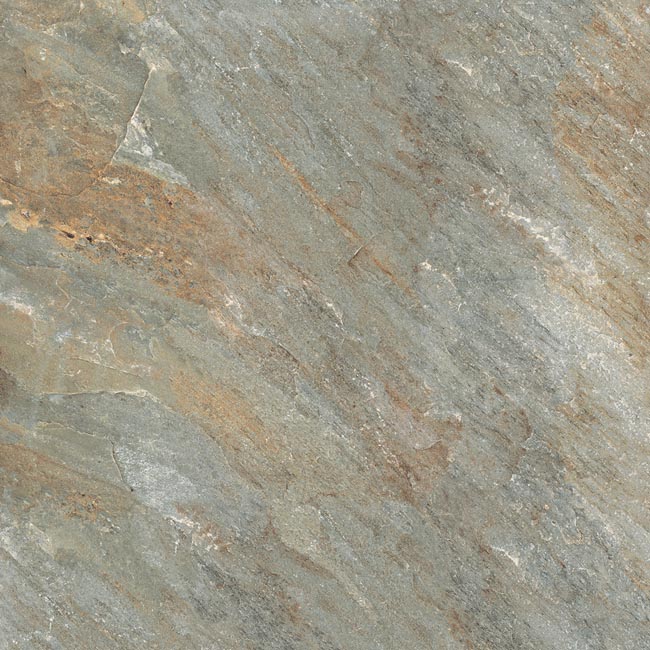 Zephyr
ZephyrGrey Multi-format Ext. structured anti-slip
Comp. Mod. -
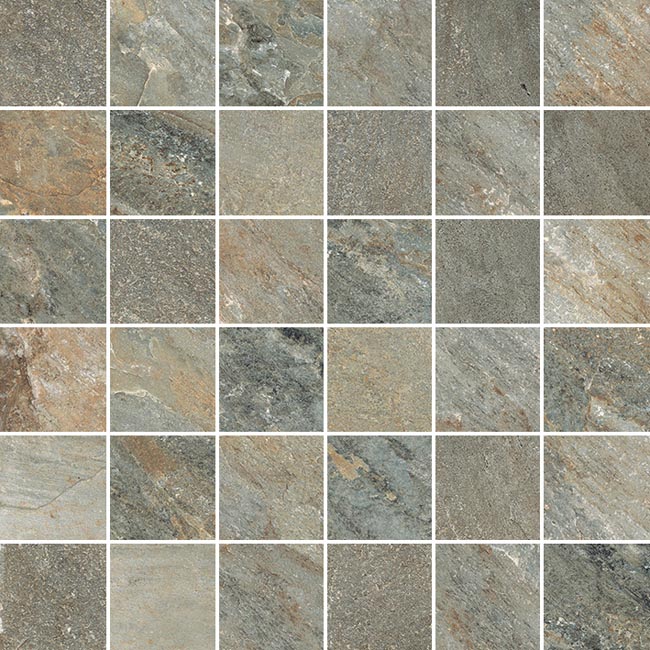 Zephyr
ZephyrGrey Mos 5x5 structured anti-slip
30x30 -
 Tiber
TiberNatural
60x12080x8060x6030x6010x60 -
 Tiber
TiberNatural structured anti-slip
Outdoor Plus 20mm60x9080x8060x6030x60 -
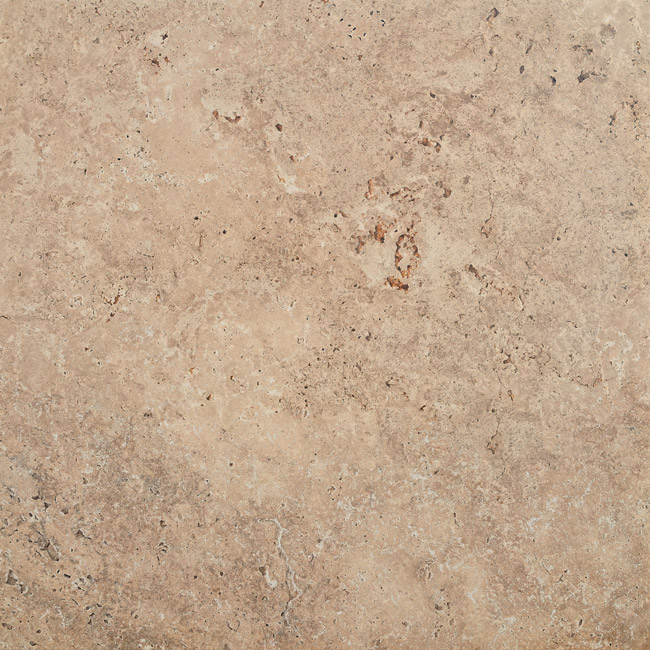 Tiber
TiberNatural Bord Vieilli
20x20 -
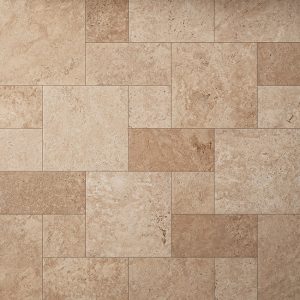 Tiber
TiberLight Multi-format Int.
Comp. Mod. -
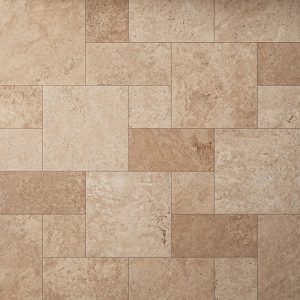 Tiber
TiberLight Multi-format Ext.
Outdoor Plus 20mmComp. Mod. -
 Tiber
TiberNatural Multi-format Int.
Comp. Mod. -
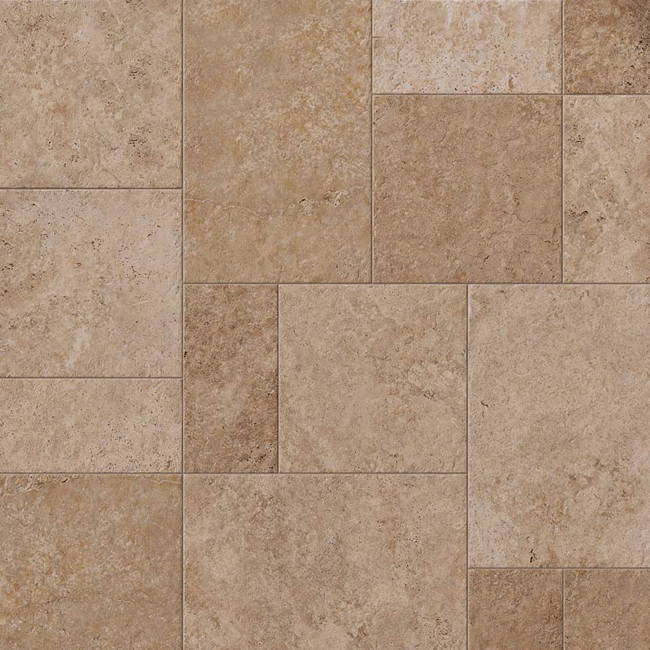 Tiber
TiberNatural Multi-format Ext. structured anti-slip
Outdoor Plus 20mmComp. Mod. -
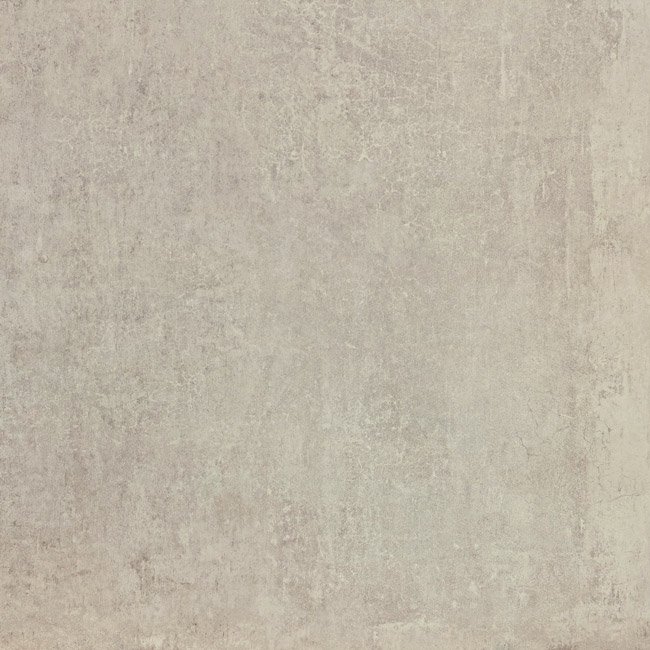 Teranga
TerangaIvoire
120x12080x8060x6030x60 -
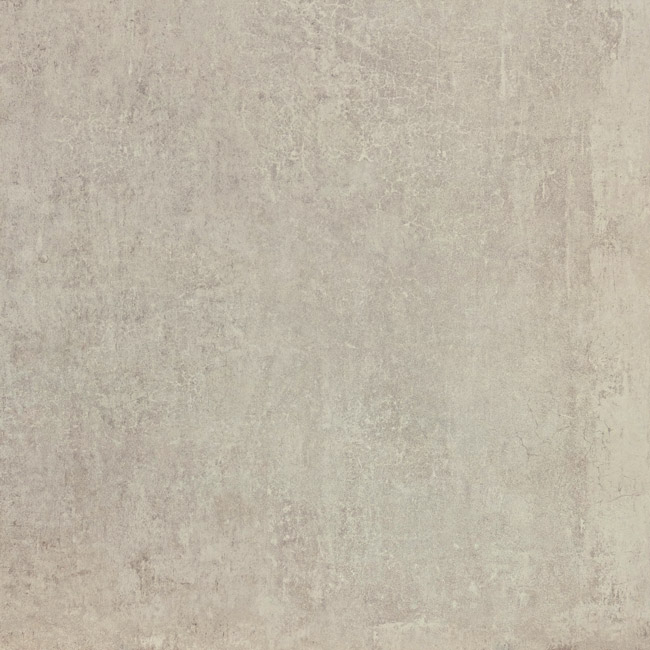 Teranga
TerangaIvoire structured anti-slip
Outdoor Plus 20mm80x80 -
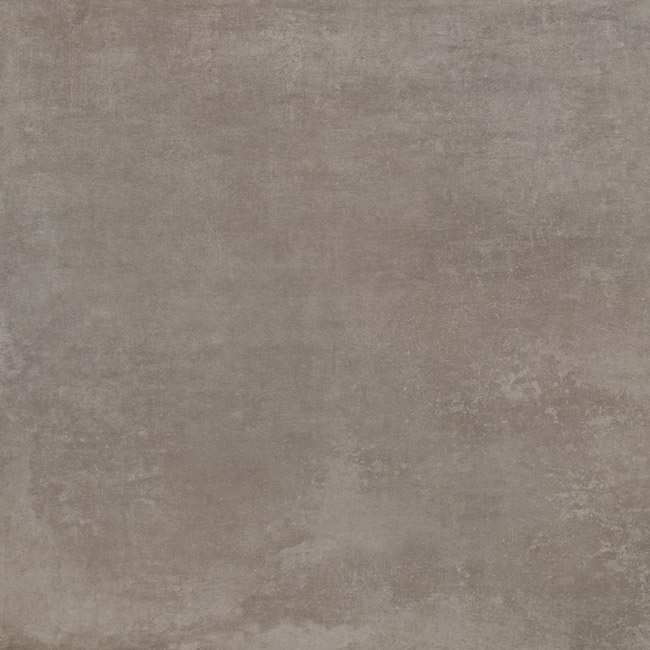 Teranga
TerangaGreige
120x12080x8060x6030x60 -
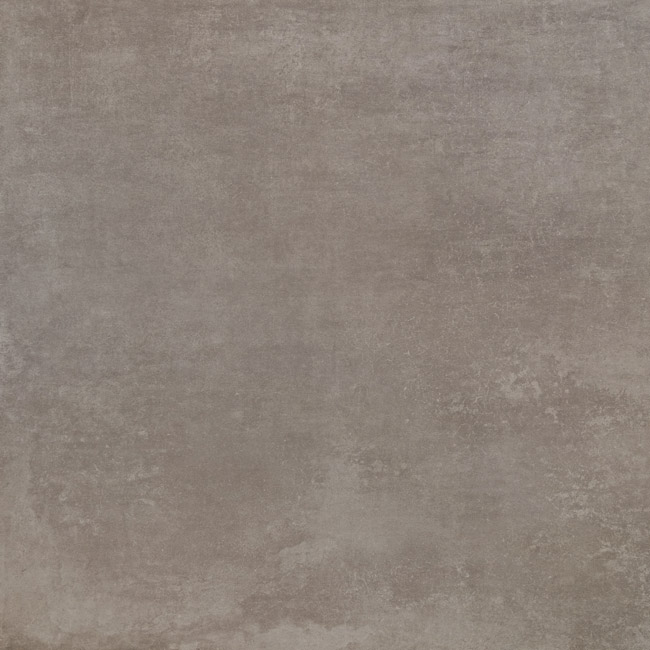 Teranga
TerangaGreige structured anti-slip
Outdoor Plus 20mm80x80 -
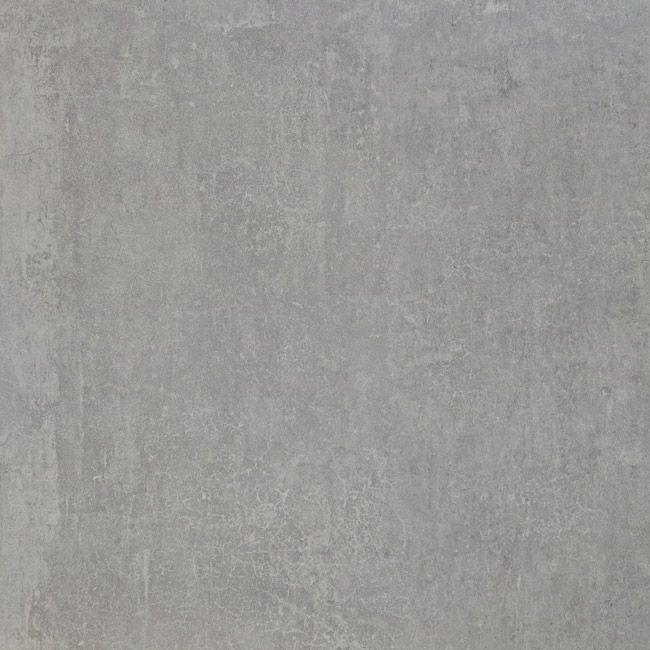 Teranga
TerangaPerle
120x12080x8060x6030x60 -
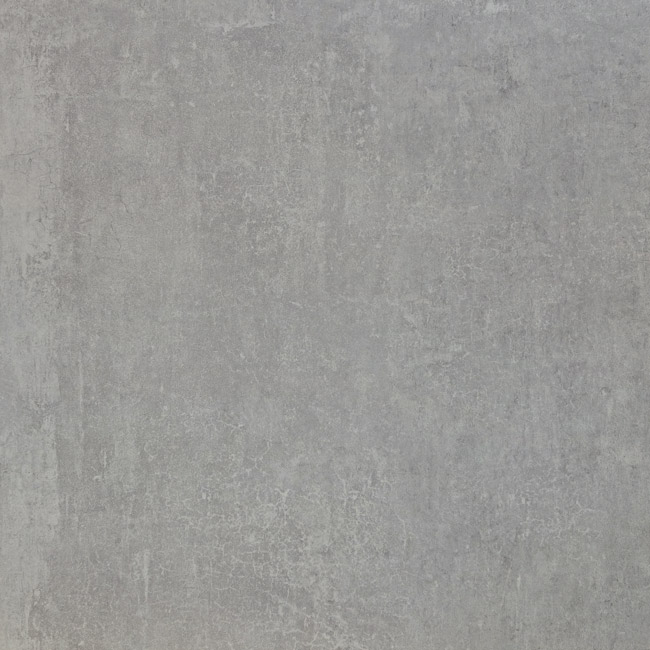 Teranga
TerangaPerle structured anti-slip
Outdoor Plus 20mm80x80 -
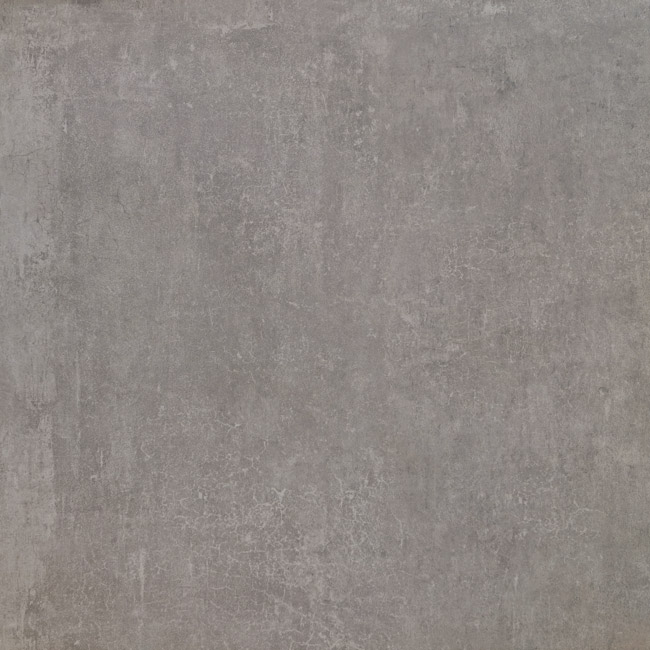 Teranga
TerangaFer
120x12080x8060x6030x60 -
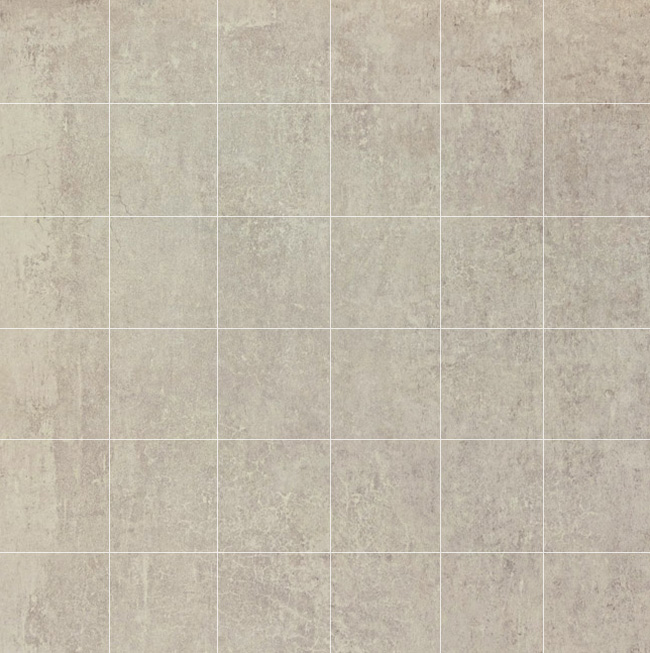 Teranga
TerangaIvoire Mosaic
5x5 -
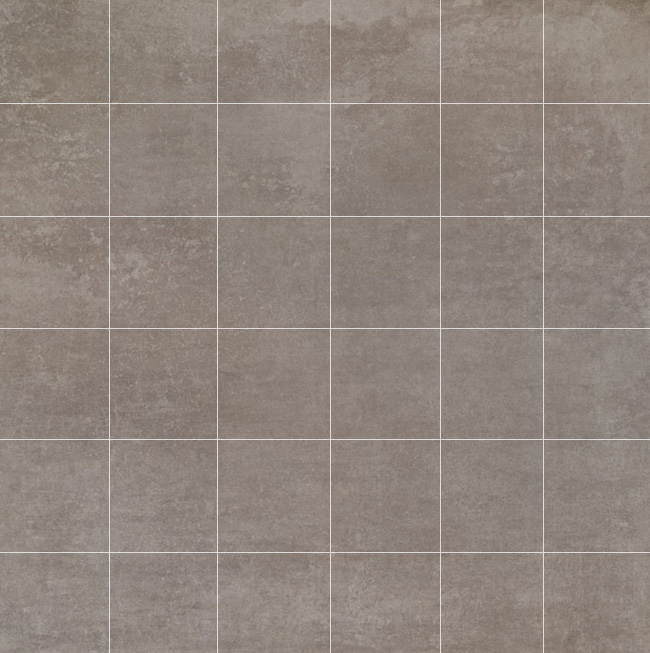 Teranga
TerangaGreige Mosaic
5x5 -
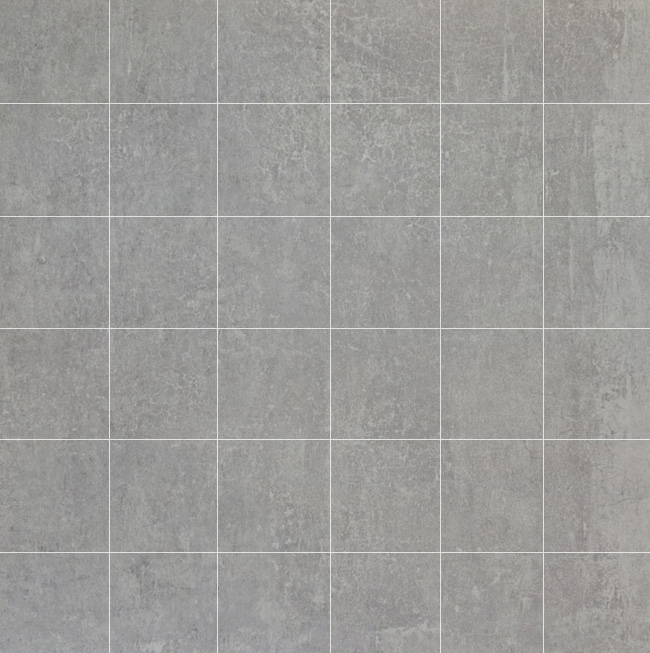 Teranga
TerangaPerle Mosaic
5x5 -
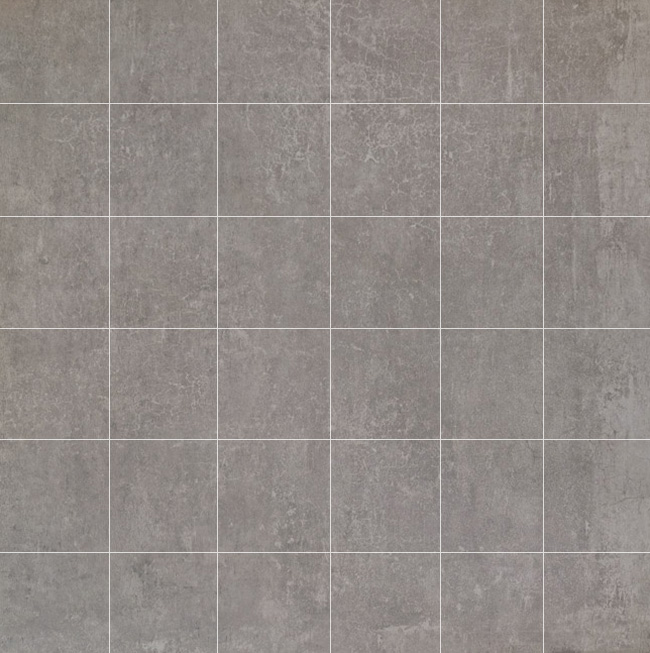 Teranga
TerangaFer Mosaic
5x5 -
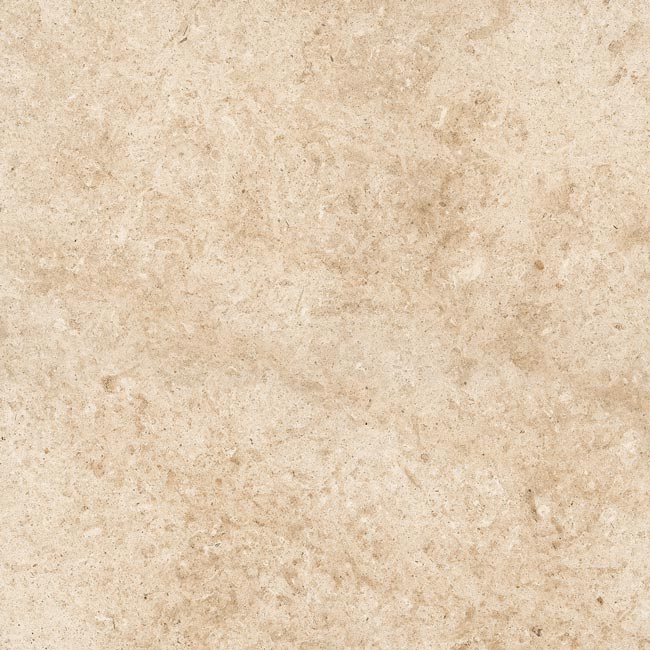 Racines
RacinesClair Bord Vieilli
20x20 -
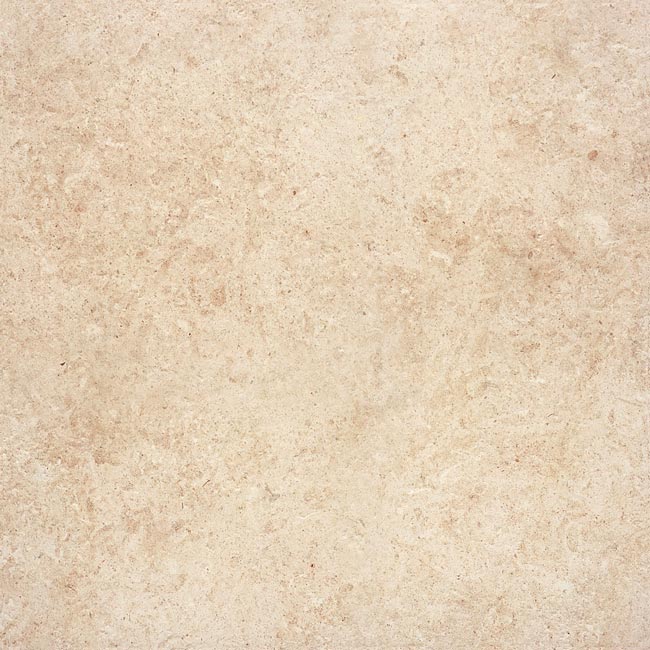 Racines
RacinesClair
80x8060x6030x6010x60 -
 Château
ChâteauIvoire anti-slip
Outdoor Plus 20mm60x9080x80 -
 Château
ChâteauSable anti-slip
Outdoor Plus 20mm60x9080x80 -
 Château
ChâteauGris anti-slip
Outdoor Plus 20mm60x9080x80 -
 Château
ChâteauMoka anti-slip
Outdoor Plus 20mm60x9080x80 -
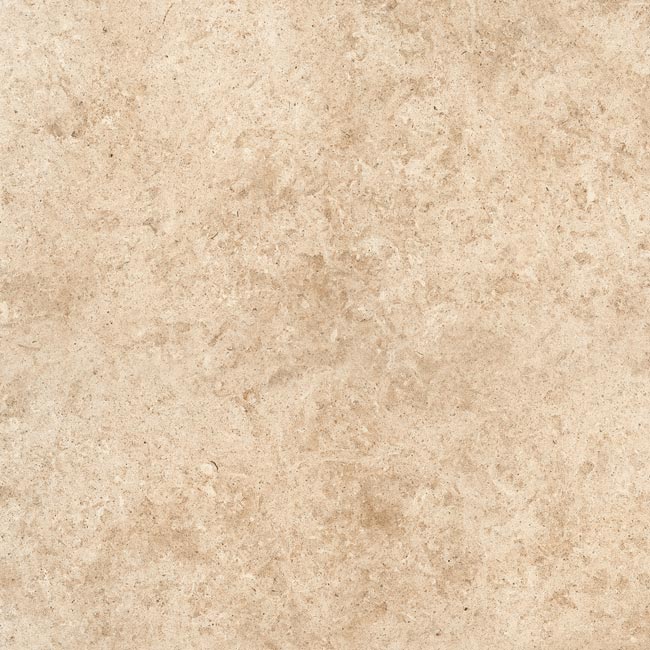 Racines
RacinesClair Multi-format Int.
Comp. Mod. -
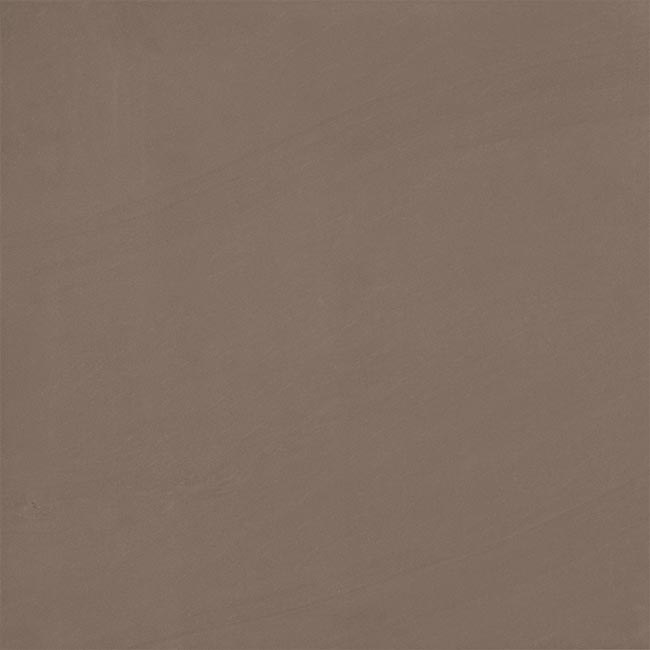 Performance
PerformancePierre Moka
60x60 -
 Performance
PerformanceGris structured anti-slip
60x60 -
 Performance
PerformancePlomb structured anti-slip
60x60 -
 Otto
OttoBéton
120x12060x12080x80 -
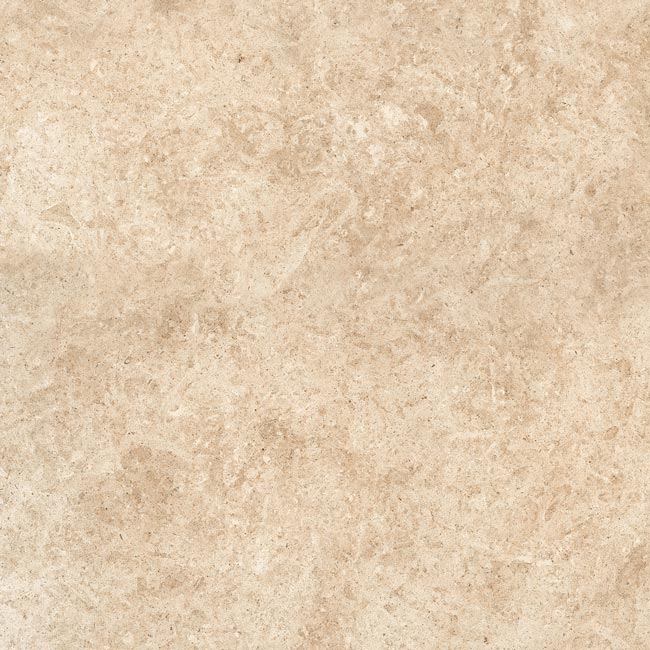 Racines
RacinesClair structured anti-slip
Outdoor Plus 20mm60x9080x8060x60 -
 Otto
OttoIvoire
120x12060x12080x80 -
 Otto
OttoSable
120x12060x12080x80 -
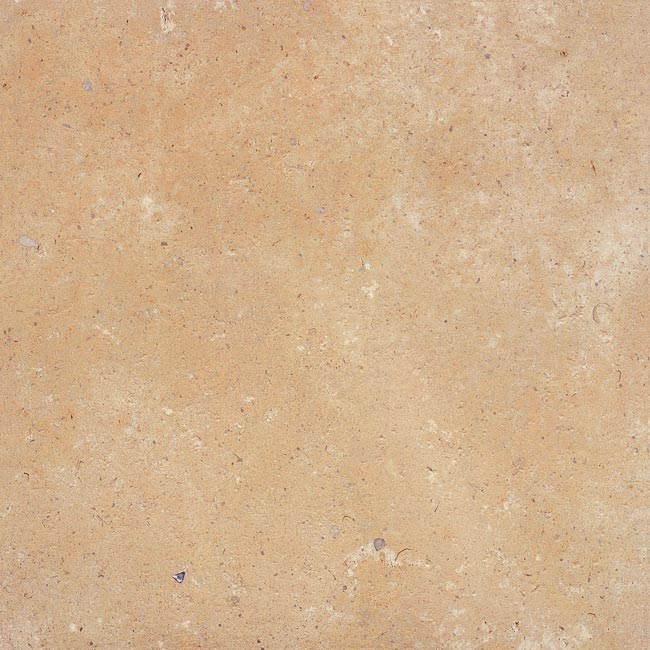 Racines
RacinesDoré structured anti-slip
Outdoor Plus 20mm60x9080x8060x60 -
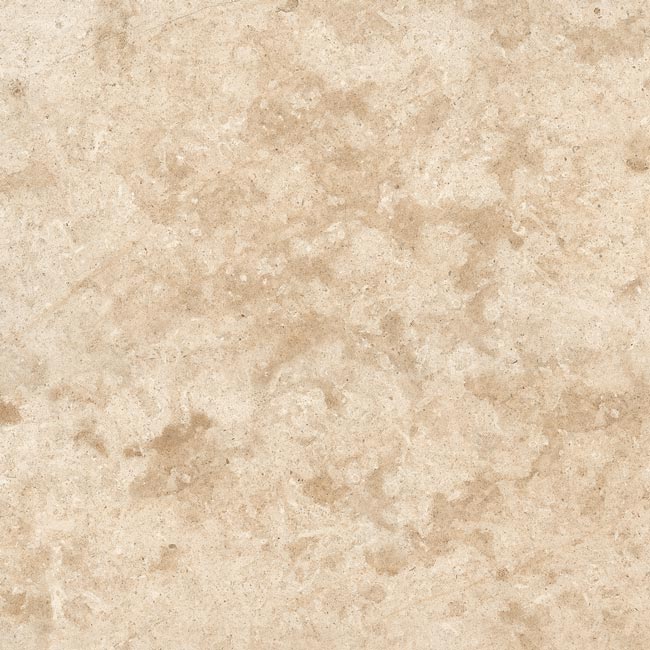 Racines
RacinesClair Multi-format Ext. structured anti-slip
Outdoor Plus 20mmComp. Mod. -
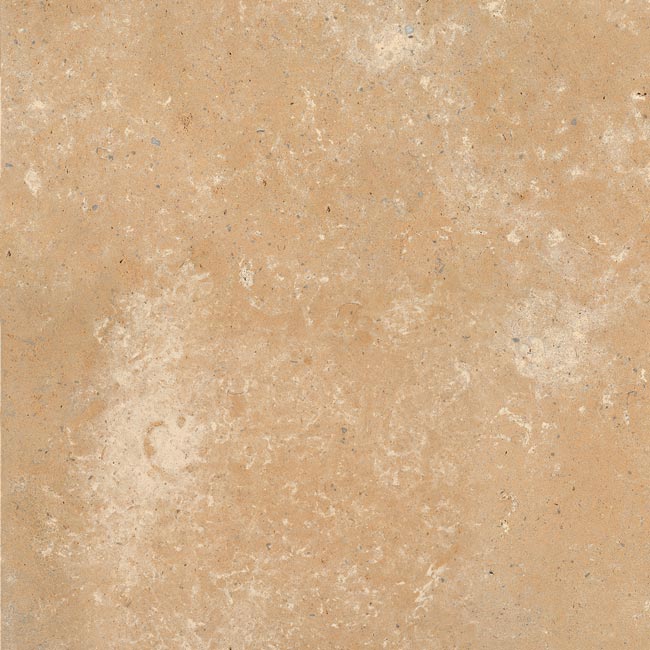 Racines
RacinesDoré Multi-format Ext. structured anti-slip
Outdoor Plus 20mmComp. Mod. -
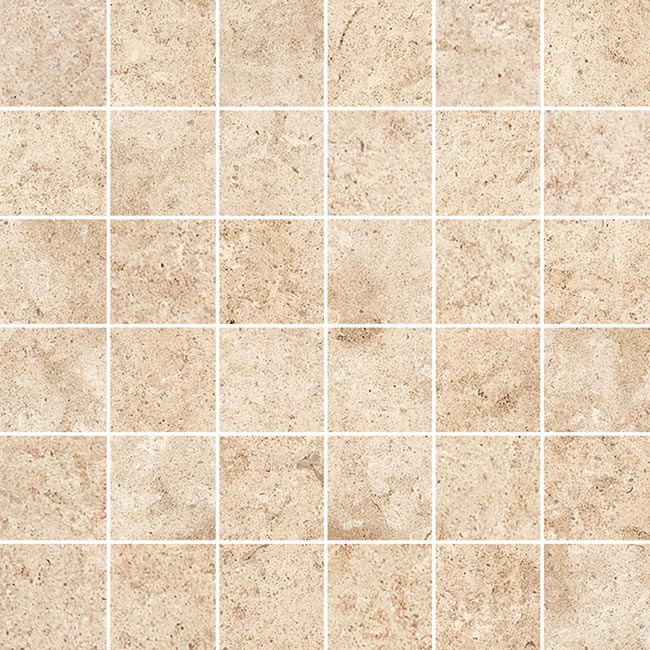 Racines
RacinesClair Mos 5x5
30x30 -
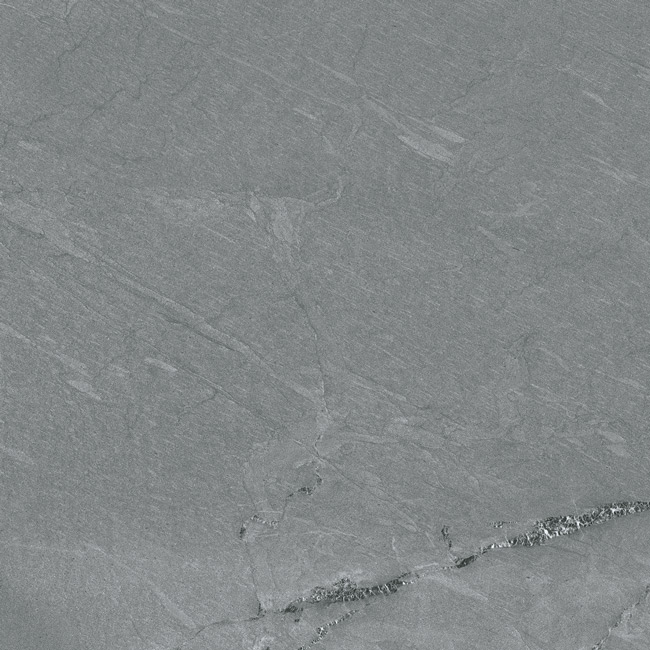 Way
WayFer
60x12080x8060x6030x605x60 -
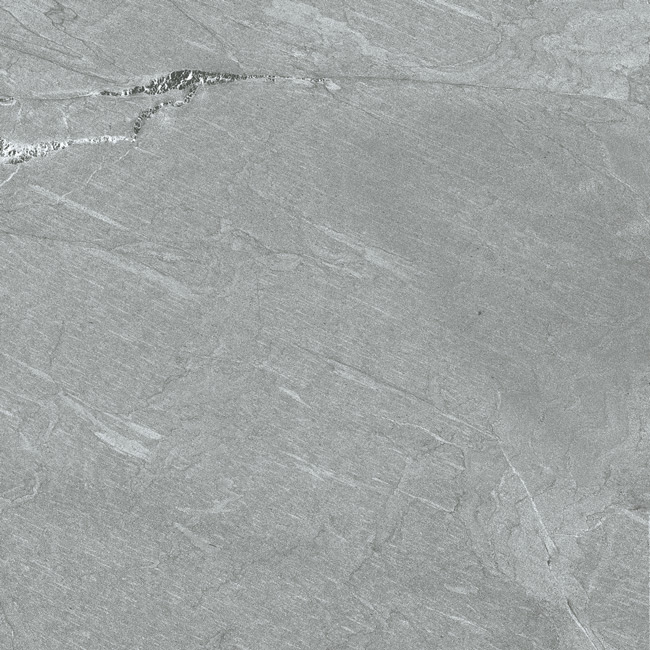 Way
WayQuartz
60x12080x8060x6030x605x60 -
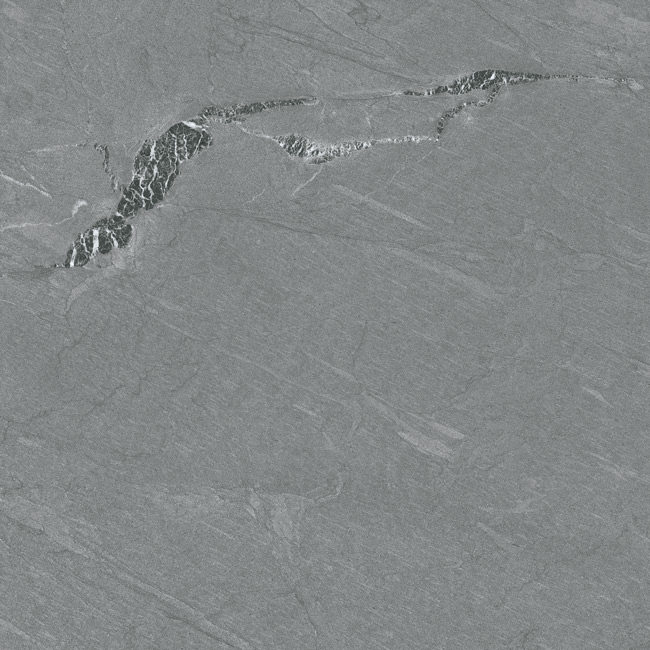 Way
WayFer structured anti-slip
Outdoor Plus 20mm60x12080x8060x60 -
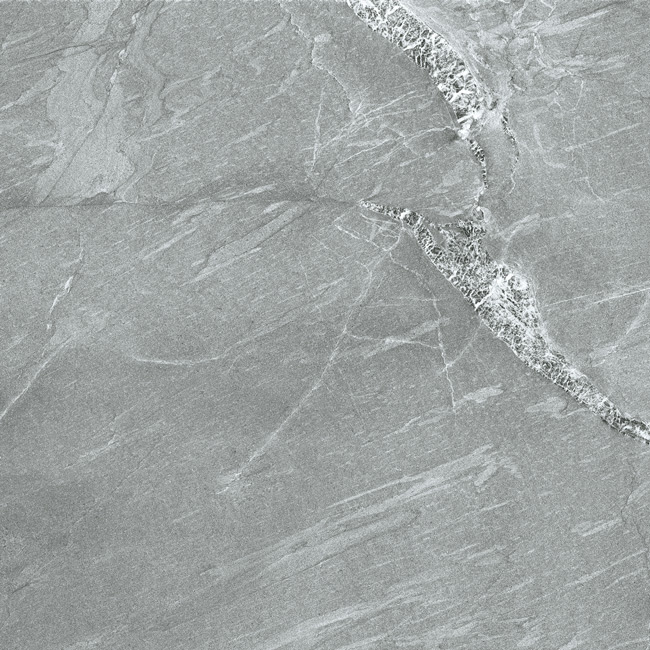 Way
WayQuartz structured anti-slip
Outdoor Plus 20mm60x12080x8060x60 -
 Way
WayDek Dek
26x30 -
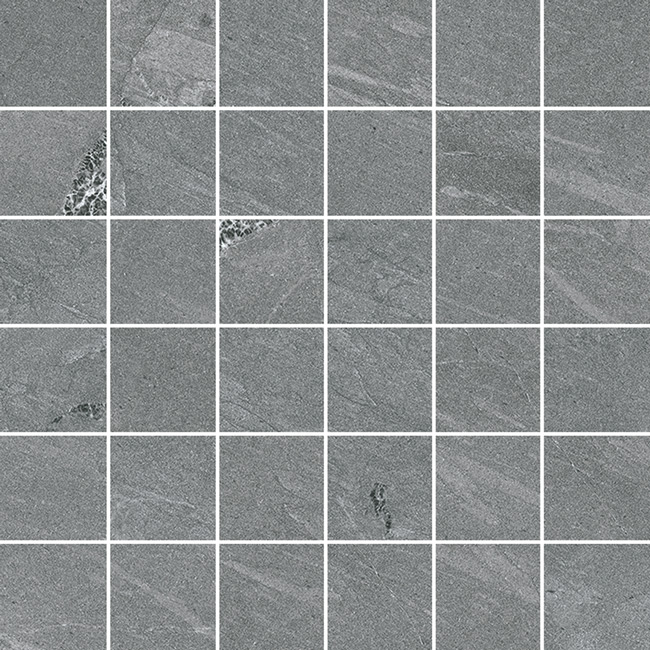 Way
WayFer Mos 5x5
30x30 -
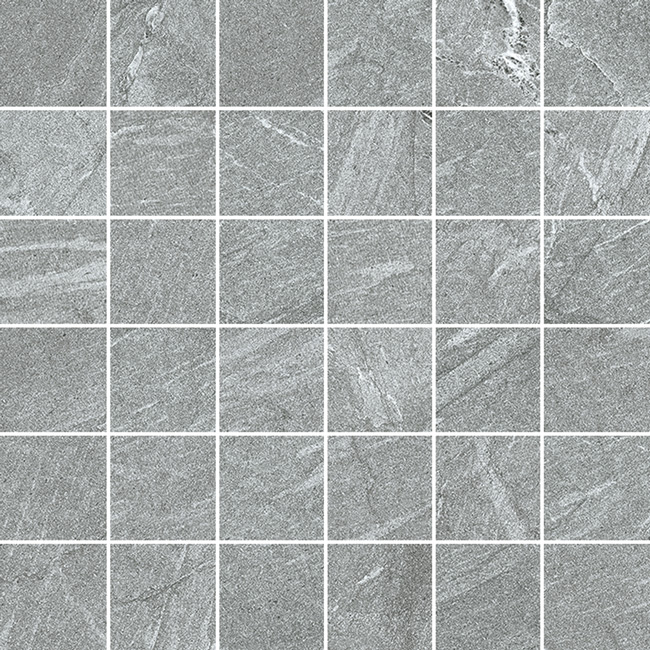 Way
WayQuartz Mos 5x5
30x30 -
 Château
ChâteauIvoire
80x8060x60 -
 Château
ChâteauSable
80x8060x60 -
 Château
ChâteauGris
80x8060x60 -
 Château
ChâteauMoka
80x8060x60 -
 Losa
LosaCalcite
60x12060x6030x6015x6010x605x60 -
 Losa
LosaCalcite structured anti-slip
Outdoor Plus 20mm60x12060x6030x60 -
 Losa
LosaCalcite Multi-format Int.
Comp. Mod. -
 Losa
LosaDolomite
60x12060x6030x6015x6010x605x60 -
 Losa
LosaDolomite structured anti-slip
Outdoor Plus 20mm60x12060x6030x60 -
 Losa
LosaDolomite Multi-format Int.
Comp. Mod. -
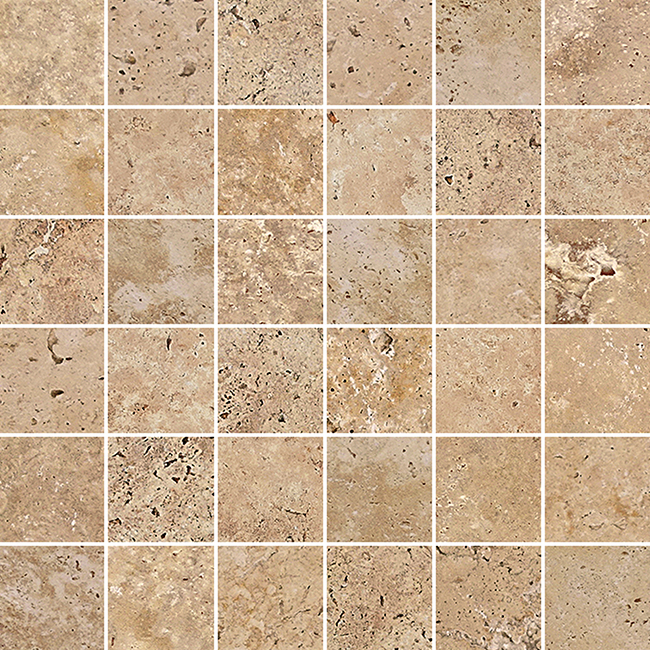 Tiber
TiberNatural Mos 5x5
30x30 -
 Losa
LosaDacite
60x12060x6030x6015x6010x605x60 -
 Losa
LosaDacite structured anti-slip
Outdoor Plus 20mm60x12060x6030x60 -
 Losa
LosaCalcite Mosaic
30x30 -
 Losa
LosaCalcite 3 column mosaic
45x45 -
 Losa
LosaDacite Multi-format Int.
Comp. Mod. -
 Losa
LosaDolomite Mosaic
30x30 -
 Losa
LosaDolomite 3 column mosaic
45x45 -
 Losa
LosaGraphite
60x12060x6030x6015x6010x605x60 -
 Losa
LosaGraphite structured anti-slip
Outdoor Plus 20mm60x12060x6030x60 -
 Losa
LosaDacite Mosaic
30x30 -
 Losa
LosaDacite 3 column mosaic
45x45 -
 Fast
FastGris anti-slip
Outdoor Plus 20mm60x6045x45 -
 Fast
FastPlomb anti-slip
Outdoor Plus 20mm60x6045x45 -
 Fast
FastSable anti-slip
Outdoor Plus 20mm60x6045x45 -
 Losa
LosaGraphite Multi-format Int.
Comp. Mod. -
 Losa
LosaGraphite Mosaic
30x30 -
 Losa
LosaGraphite 3 column mosaic
45x45 -
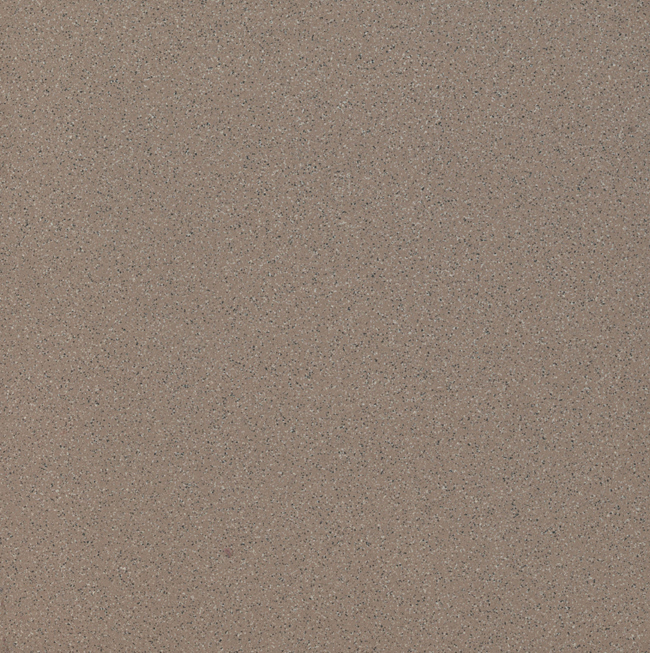 Standard
Standard060 Porphyré Gris Clair – Gris Foncé
30x30 -
 Maxima
MaximaBlanc
60x6030x6045x45 -
 Maxima
MaximaGris
60x6030x6045x45 -
 Maxima
MaximaGraphite
60x6030x6045x45 -
 Fast
FastSable
80x8060x6030x6045x45 -
 Fast
FastGris
80x8060x6030x6045x45 -
 Fast
FastPlomb
80x8060x6030x6045x45 -
 Otto
OttoIvoire structured anti-slip
Outdoor Plus 20mm60x60 -
 Kobe
KobeCalcite structured anti-slip
Outdoor Plus 20mm45x9060x6030x6045x45 -
 Kobe
KobeQuartz structured anti-slip
Outdoor Plus 20mm45x9060x6030x6045x45 -
 Kobe
KobeBéryl structured anti-slip
Outdoor Plus 20mm45x9060x6030x6045x45 -
 Geo
GeoIvoire structured anti-slip
Outdoor Plus 20mm60x6030x6010x6045x45 -
 Geo
GeoGris structured anti-slip
Outdoor Plus 20mm60x6030x6010x6045x45 -
 Samsara
SamsaraOpale
60x6030x6045x4530x30 -
 Samsara
SamsaraOpale structured anti-slip
30x6045x45 -
 Samsara
SamsaraIvoire
60x6030x6045x4530x30 -
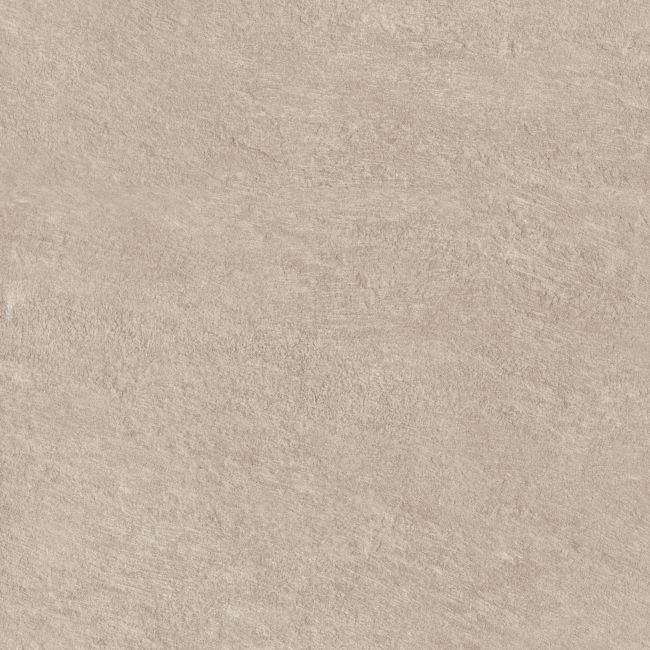 Samsara
SamsaraIvoire structured anti-slip
30x6045x4530x30 -
 Samsara
SamsaraPerle
60x6030x6045x4530x30 -
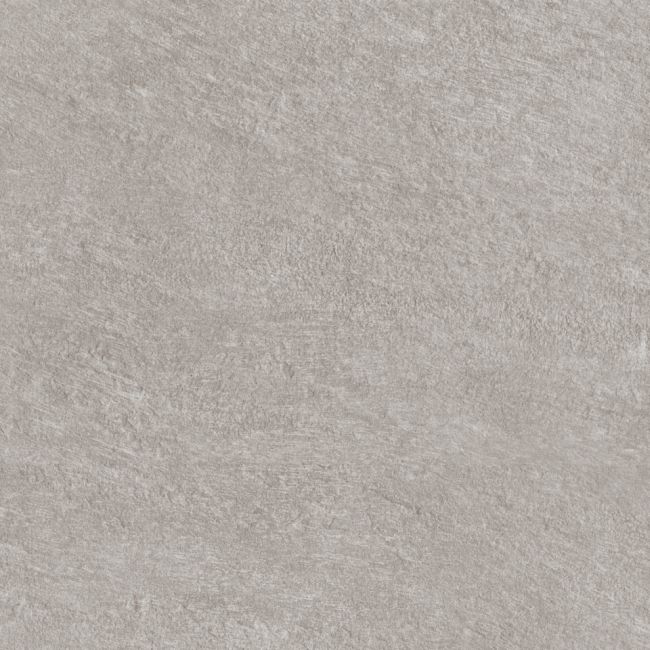 Samsara
SamsaraPerle structured anti-slip
Outdoor Plus 20mm60x6030x6045x4530x30 -
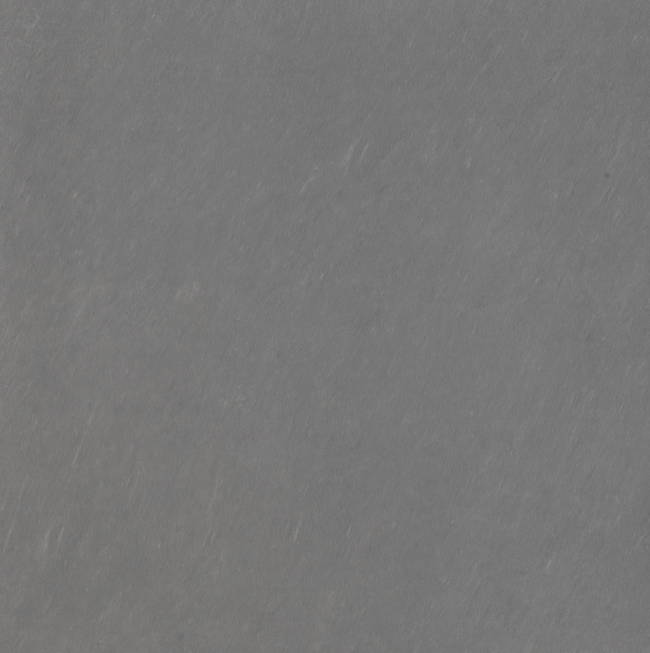 Samsara
SamsaraPlomb
60x6030x6045x4530x30 -
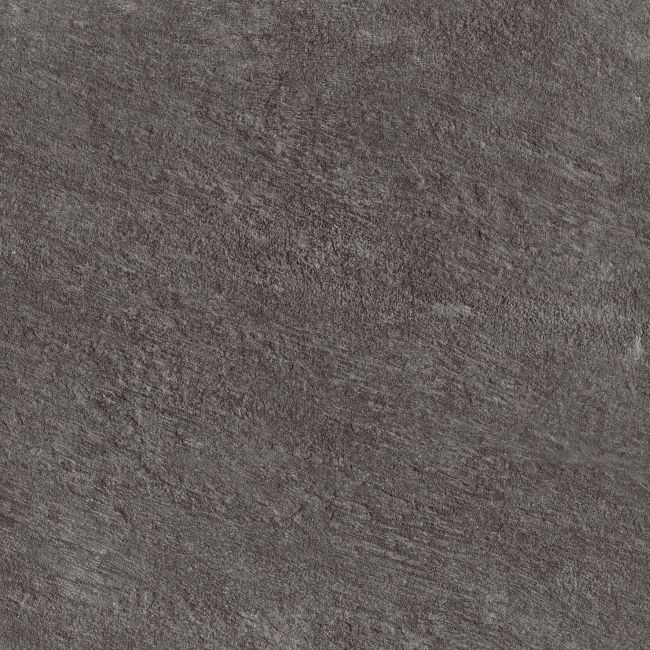 Samsara
SamsaraPlomb structured anti-slip
Outdoor Plus 20mm60x6030x6045x4530x30 -
 Samsara
SamsaraArdoise
60x6030x6045x45 -
 Samsara
SamsaraArdoise structured anti-slip
30x6045x45 -
 Samsara
SamsaraOpale 6 column mosaic
45x45 -
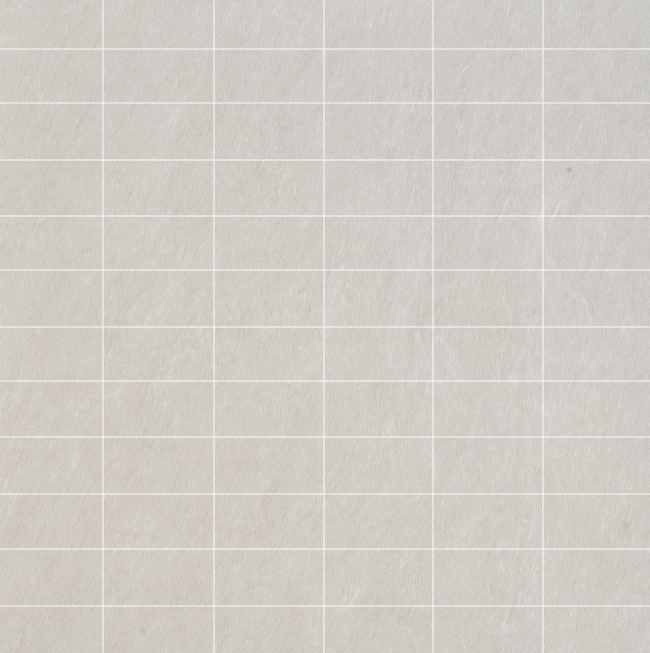 Samsara
SamsaraIvoire 6 column mosaic
45x45 -
 Samsara
SamsaraPerle 6 column mosaic
45x45 -
 Samsara
SamsaraPlomb 6 column mosaic
45x45 -
 Samsara
SamsaraArdoise 6 column mosaic
45x45 -
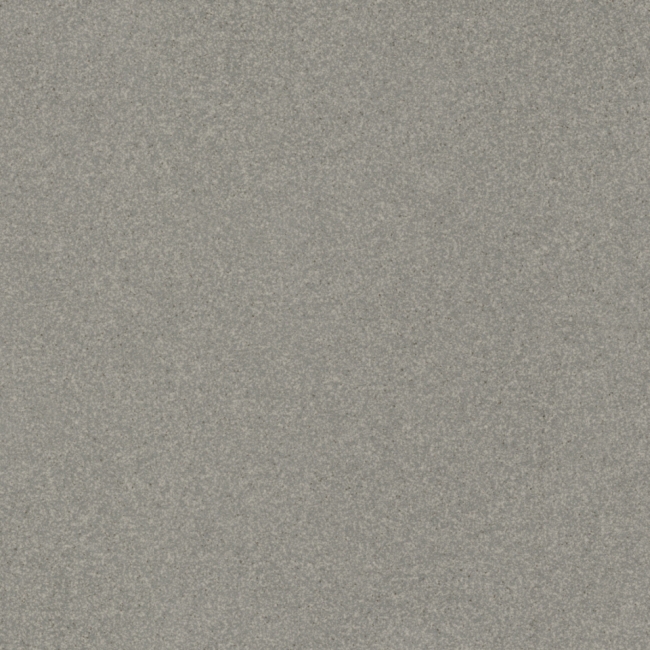 Standard Evolution
Standard Evolution200 Evolution Argent
45x4530x30 -
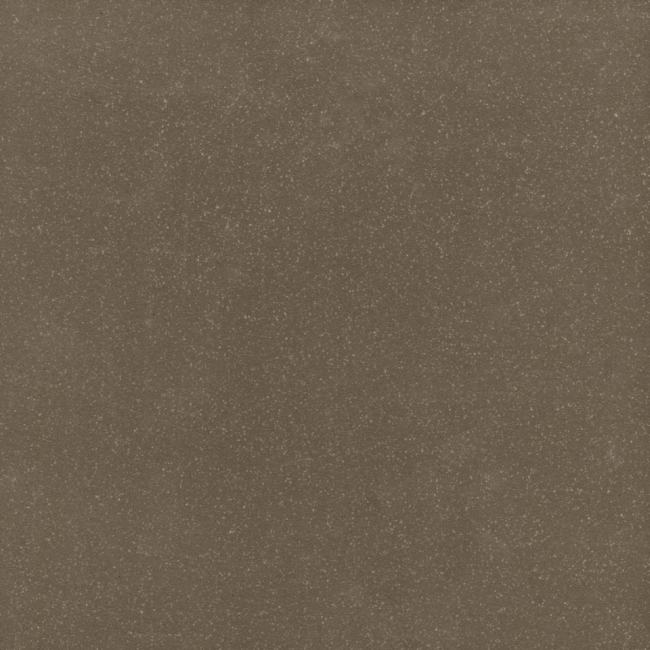 Standard Evolution
Standard Evolution300 Evolution Taupe
45x4530x30 -
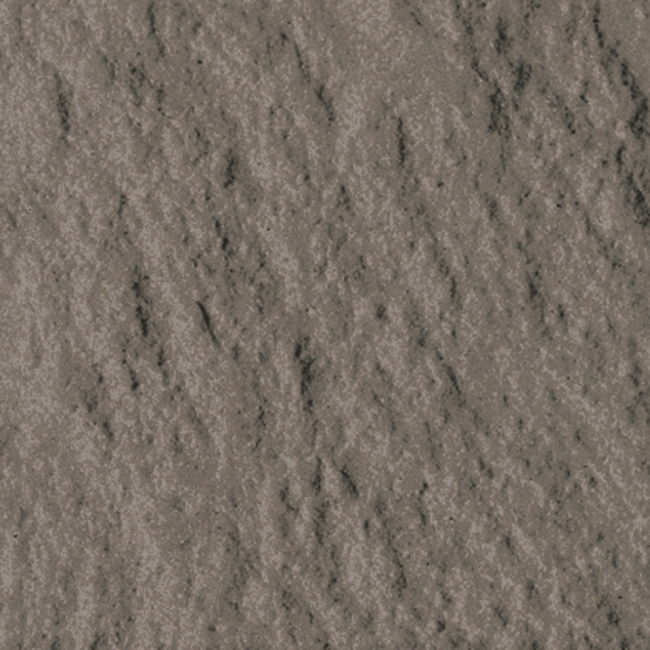 Standard Evolution
Standard Evolution300 Evolution Taupe structured anti-slip
30x30 -
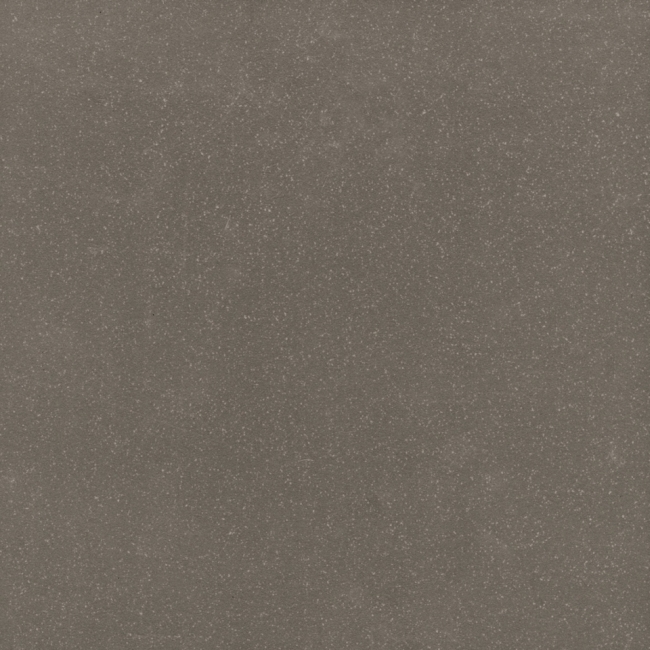 Standard Evolution
Standard Evolution400 Evolution Brun
45x4530x30 -
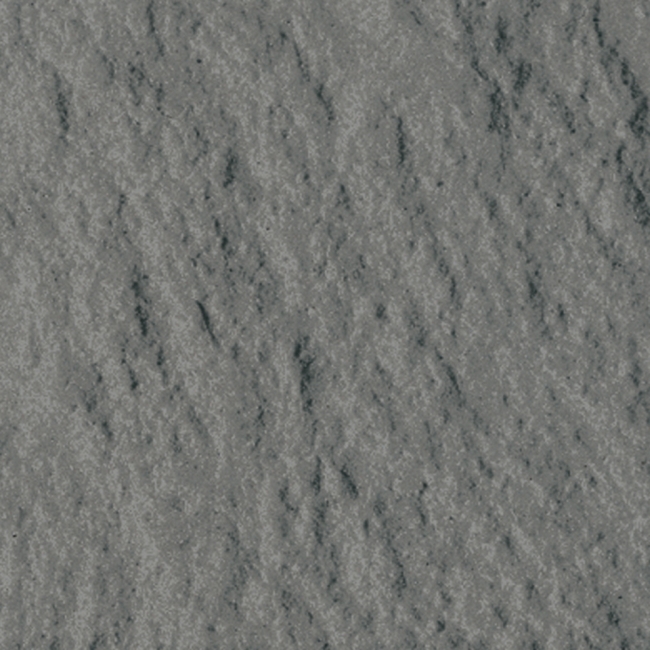 Standard Evolution
Standard Evolution400 Evolution Brun structured anti-slip
30x30 -
 Standard Evolution
Standard Evolution500 Evolution Beige
45x4530x30 -
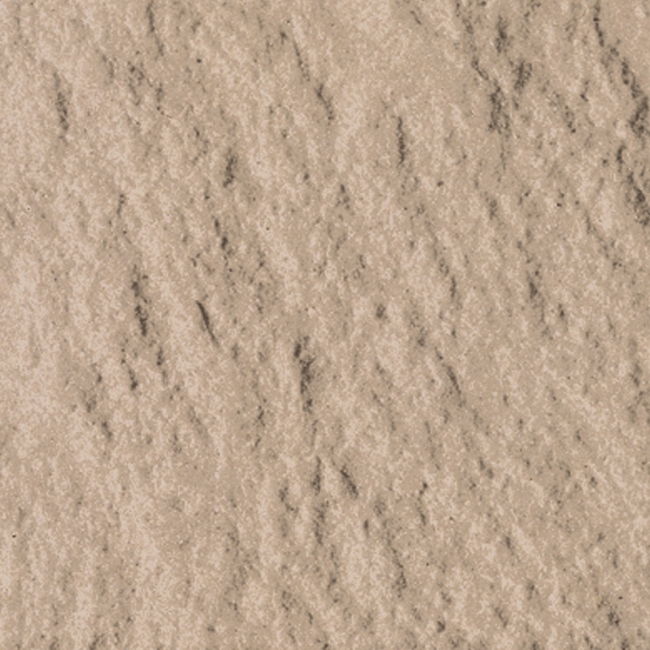 Standard Evolution
Standard Evolution500 Evolution Beige structured anti-slip
30x30 -
 Standard Evolution
Standard Evolution600 Evolution Gris Clair
45x4530x30 -
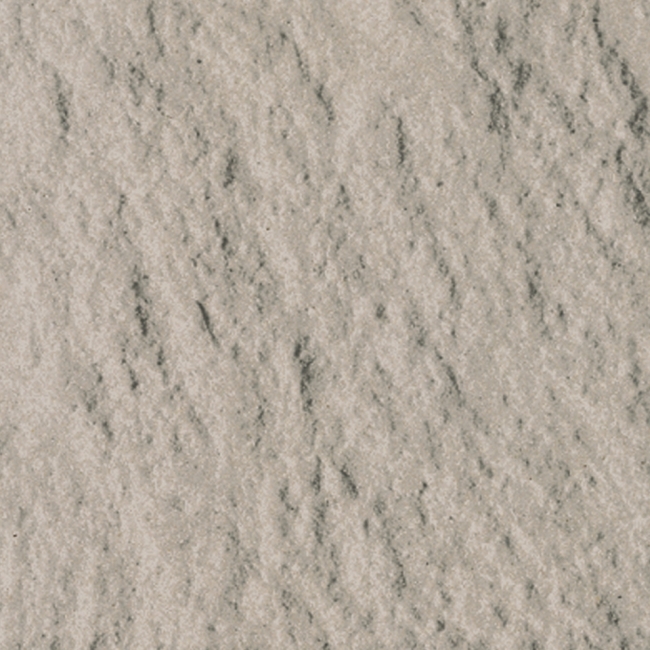 Standard Evolution
Standard Evolution600 Evolution Gris Clair structured anti-slip
30x30 -
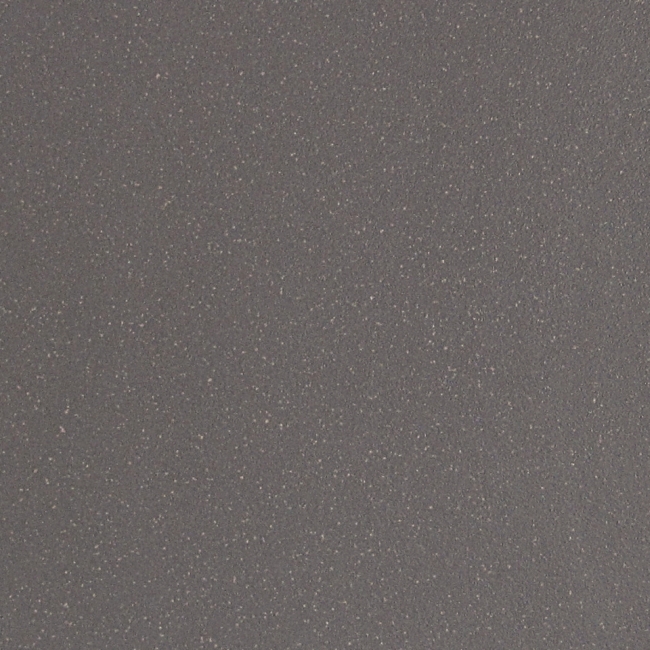 Standard Evolution
Standard Evolution700 Evolution Gris foncé
45x4530x30 -
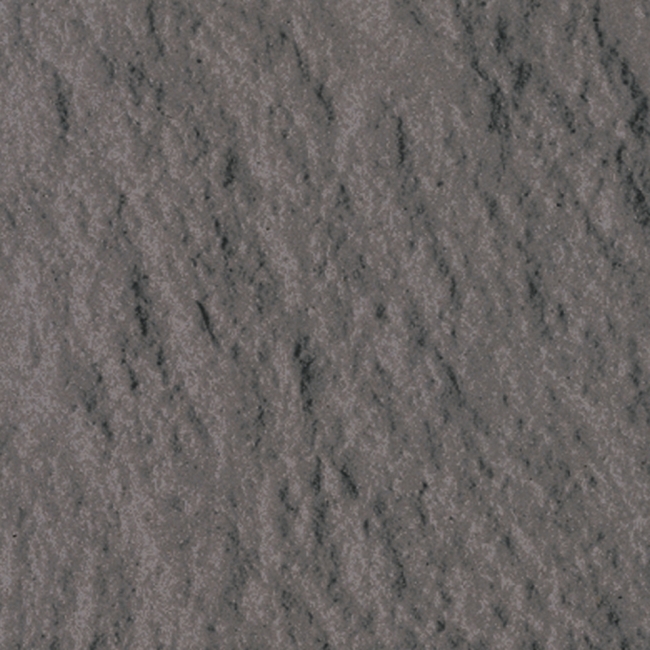 Standard Evolution
Standard Evolution700 Evolution Gris foncé structured anti-slip
30x30 -
 Standard
Standard050 Porphyré Blanc Noir
30x30 -
 Standard
Standard050 Porphyré Blanc Noir anti-slip corindonné
30x30 -
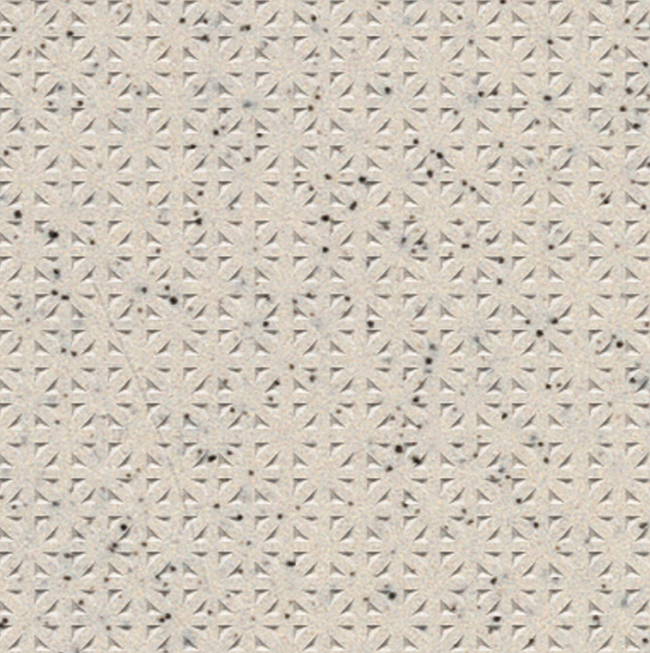 Standard
Standard050 Porphyré Blanc Noir anti-slip pointe de diamante
30x30 -
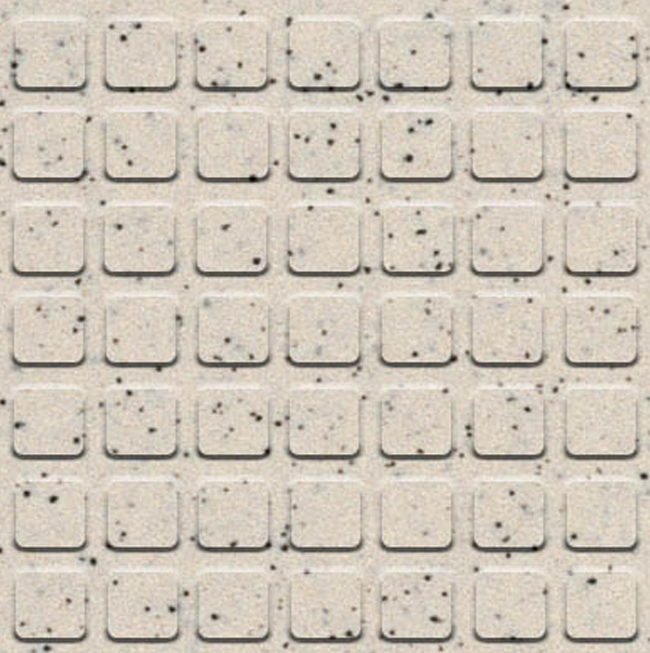 Standard
Standard050 Porphyré Blanc Noir anti-slip pastille carrées
30x30 -
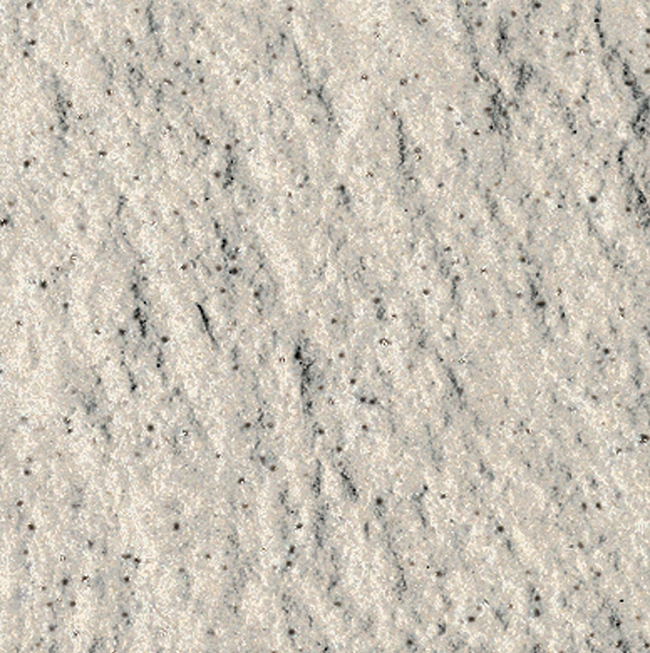 Standard
Standard050 Porphyré Blanc Noir structured anti-slip
30x30 -
 Standard
Standard230 Uni Blanc Crème
30x30 -
 Standard
Standard230 Uni Blanc Crème anti-slip corindonné
30x30 -
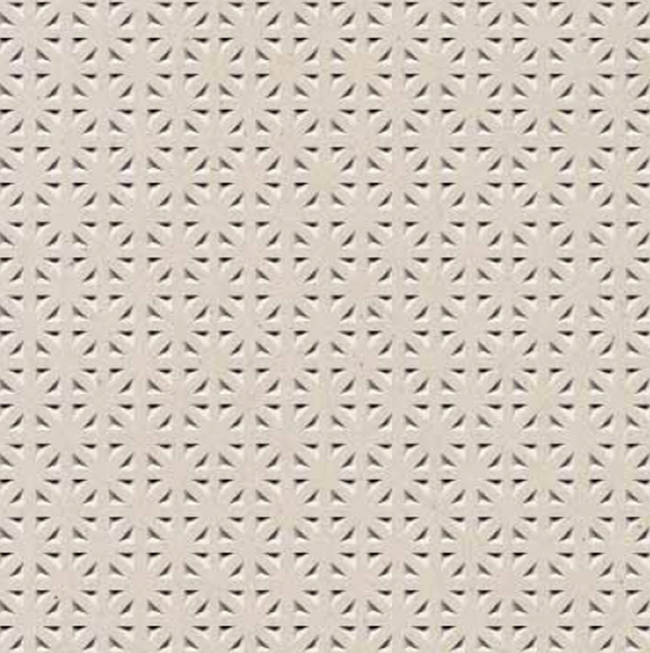 Standard
Standard230 Uni Blanc Crème anti-slip pointe de diamante
30x30 -
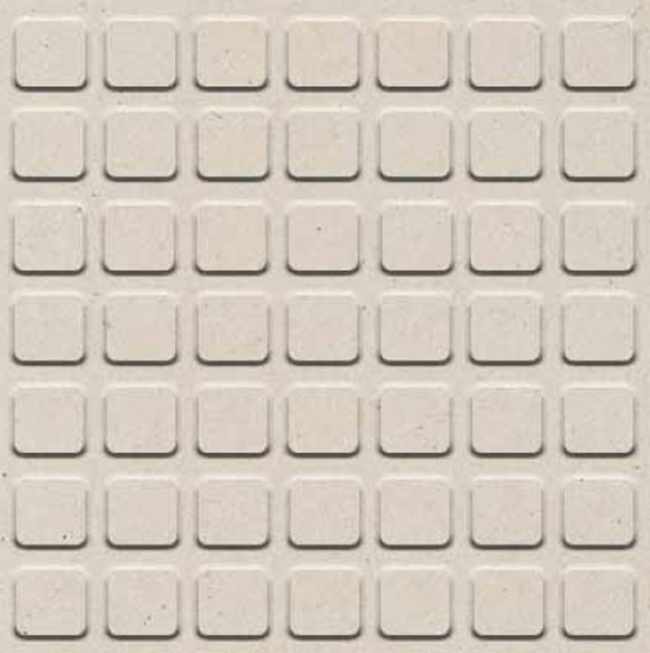 Standard
Standard230 Uni Blanc Crème anti-slip pastille carrées
30x30 -
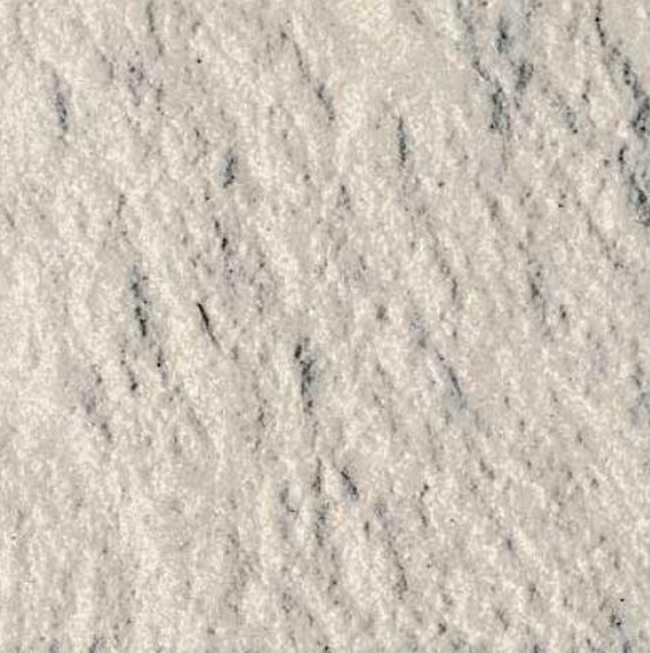 Standard
Standard230 Uni Blanc Crème structured anti-slip
30x30 -
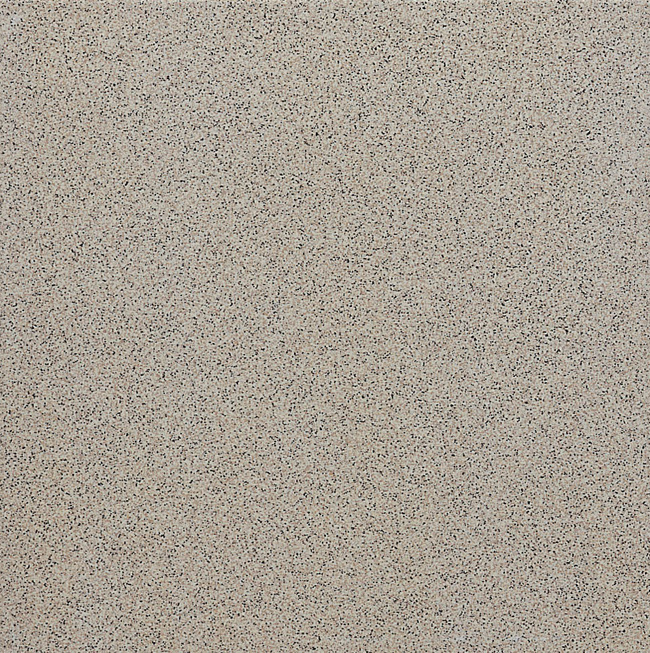 Standard
Standard415 Porphyré Gris
30x30 -
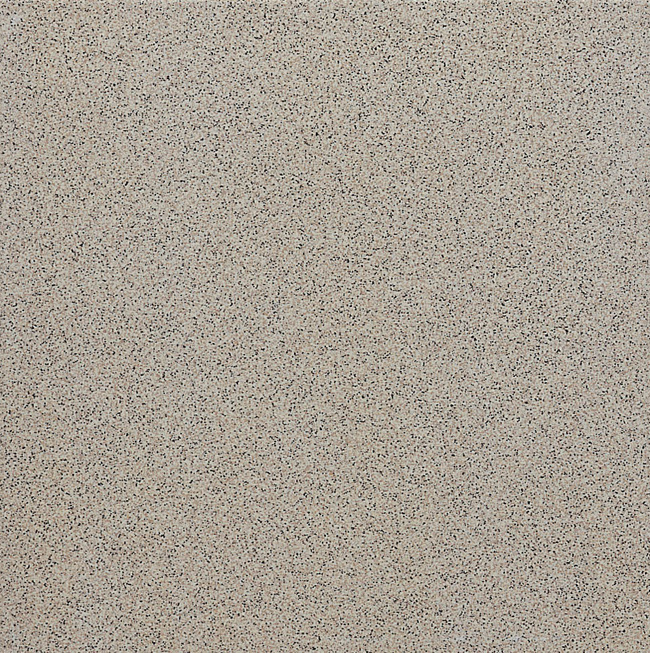 Standard
Standard415 Porphyré Gris anti-slip corindonné
30x30 -
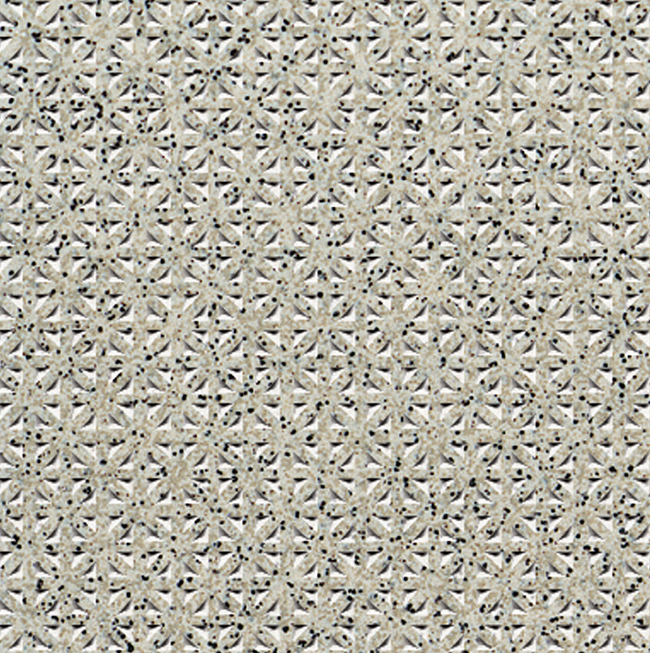 Standard
Standard415 Porphyré Gris anti-slip pointe de diamante
30x30 -
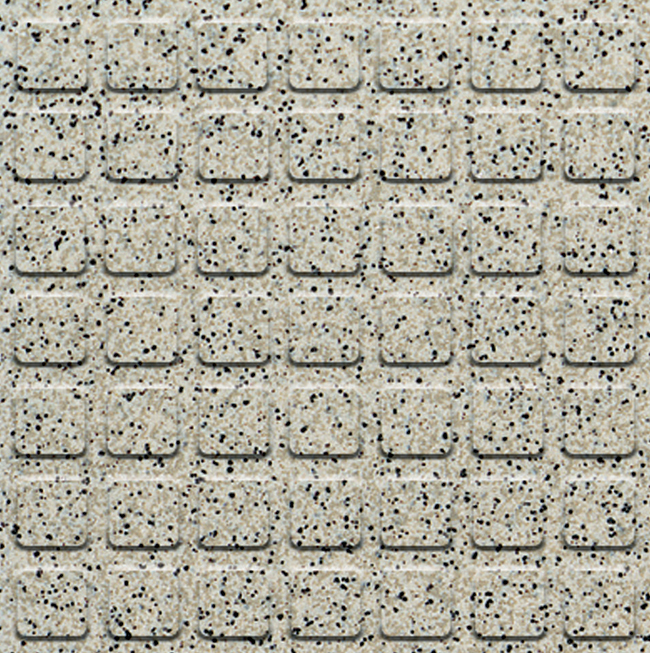 Standard
Standard415 Porphyré Gris anti-slip pastille carrées
30x30 -
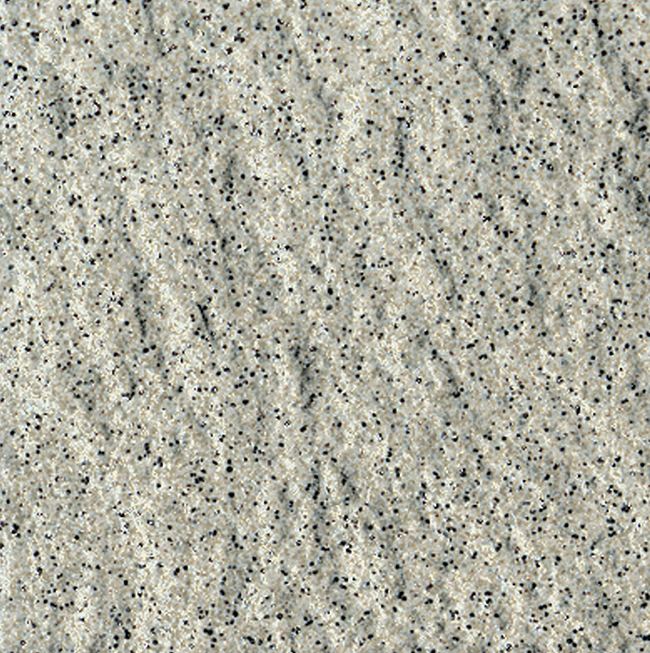 Standard
Standard415 Porphyré Gris structured anti-slip
30x30 -
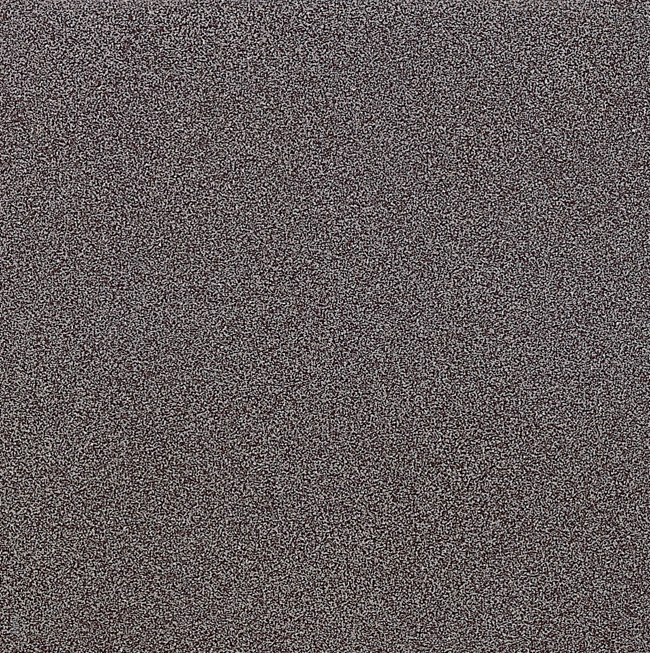 Standard
Standard150 Porphyré Gris Foncé
30x30
Why choose blue stone tiles?
Blue stone tiles are made from a natural material. They are robust and weather-resistant. They come in different textures and shades, making them a versatile tile, usable both indoors and outdoors.
Whether exposed to the sun, rain, humidity by the pool or foot traffic on the steps of a staircase or on a terrace, the tiles do not get damaged. The natural appearance and shine of blue stone embellish outdoor surfaces and spaces.
Indoors, they suitable for all kinds of decoration (contemporary, vintage, etc.). For example, the tiles can be laid in the bathroom for a marine and Zen atmosphere, in the living room for an industrial decoration, in the dining room for a touch of modernity, etc. Finally, know that blue stone is easy to clean and is waterproof.
The different types of blue stone tiles
In general, bluestone is of limestone origin. There are different types of bluestone tiles depending on the origin of the material.
Belgian bluestone tiles
This is the most popular bluestone. Also called Soignies stone or small granite, it has a blue-gray tint which, once transformed into tiles, reflects light well. It is often used to highlight the entrance.
Belgian bluestone tiles are highly prized for their finesse and durability. The more the stone patinas over time, the more splendid it becomes.
Vietnamese bluestone tiles
This tile is of high-end quality. Like Belgian bluestone, it is robust and resistant. Unlike other Asian bluestones which are composed of limestone and magnesium and which oxidize over time, that of Vietnam is 100% of limestone origin.
It displays a light gray tint with a small touch of blue when the light hits the tiles. Architects generally opt for this stone for the tiling of a living room with a sober and modern decoration.
Irish blue stone tiles
What differentiates this stone from the first two is its blue color which is more present and denser. The Irish blue stone used as tiles comes from Kilkenny. This quarry contains the most precious blue stones in the world, renowned for their exceptional solidity and resistance.
Irish blue stone tiles are also more expensive than Belgian blue stone tiles. They are suitable for the terrace, the swimming pool or even the interior and display a rather rustic design. Most of the time, architects use them to embellish a fireplace or to match exterior slabs to interior tiles.
Turkish Blue Stone Tiles
Turkish blue stone, also called Adana blue stone, is used mainly outdoors. It is the most resistant blue stone. It withstands rain, sun, hail, etc. well.
Despite this characteristic, Turkish blue stone tiles are still suitable for indoor use, because their bright and clear surface brings more light to a room. It is suitable for all kinds of decoration, especially modern and contemporary styles.
How much does blue stone tiles cost?
The price can also vary from one seller to another, so don’t hesitate to compare offers. Even consider asking for a quote if possible.
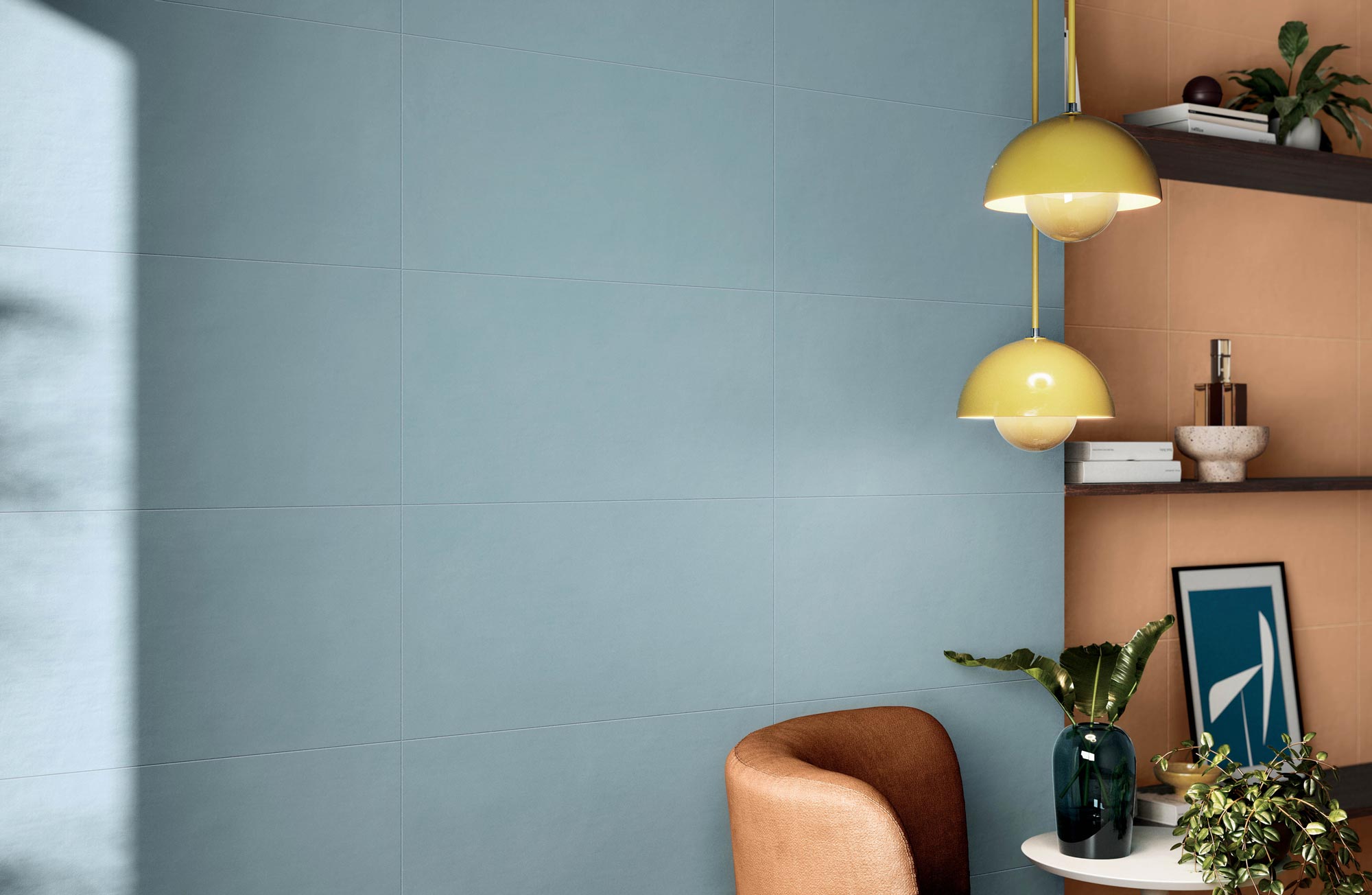
Alternatives: blue stone imitation tiles
If you don’t have enough budget, the imitation stone tiles blue is also available on the market. Offered at a cheaper price, this tile still displays characteristics identical to natural blue stones.
Among the most popular on the market, there is the imitation stone tiles blue from the Icone collection. It is robust, resistant and absorbent. Like a natural stone, the imitation patinas and changes over time. This only embellishes it.
To obtain this perfect imitation, the creators of this tile studied and explored dozens of natural stones. They then chose 4 and imitated the coating, characteristics and others to arrive at this rendering. The imitation stone tiles blue is suitable for the interior. You can use it as a decorative element or as a floor covering for a futuristic and contemporary style.
Note that the Icone collection contains other colors. You will find blue stone, ivory, sand and gray tiles. The format is also your choice (45 x 45 cm, 30 x 60 cm or 60 x 60 cm).
How to maintain blue stone tiles?
If you have chosen blue stone tiles as interior floor covering, maintenance is easy. A Marseille soap or a soap with a little linseed oil may be enough for cleaning. Preferably, do not rinse to give your tiles shine. Use a slightly damp cloth.
In the kitchen and bathroom, protect your blue stone tiles with linseed oil. Remember to wipe them regularly to avoid limescale marks. Avoid aggressive products. Use a Marseille soap, lukewarm water and a soft cloth for cleaning.
Outdoors, clear water and a brush or a cloth are enough for classic cleaning. In the event of a grease stain, add a little detergent. To restore the shine to outdoor tiles, take some washing powder, mix it with a little bleach. Pour the mixture onto the tiles, brush and rinse with clean water.
FAQ
Can bluestone tiles be waterproofed?
Yes, you can use transparent waterproof products to protect your tiles.
What products should you avoid when maintaining bluestone tiles?
Avoid harsh products, descaling and anti-limescale products, because bluestone contains limescale.
How to treat micro-scratches on bluestone tiles?
To treat micro-claws, use Marseille soap for cleaning and wax.

